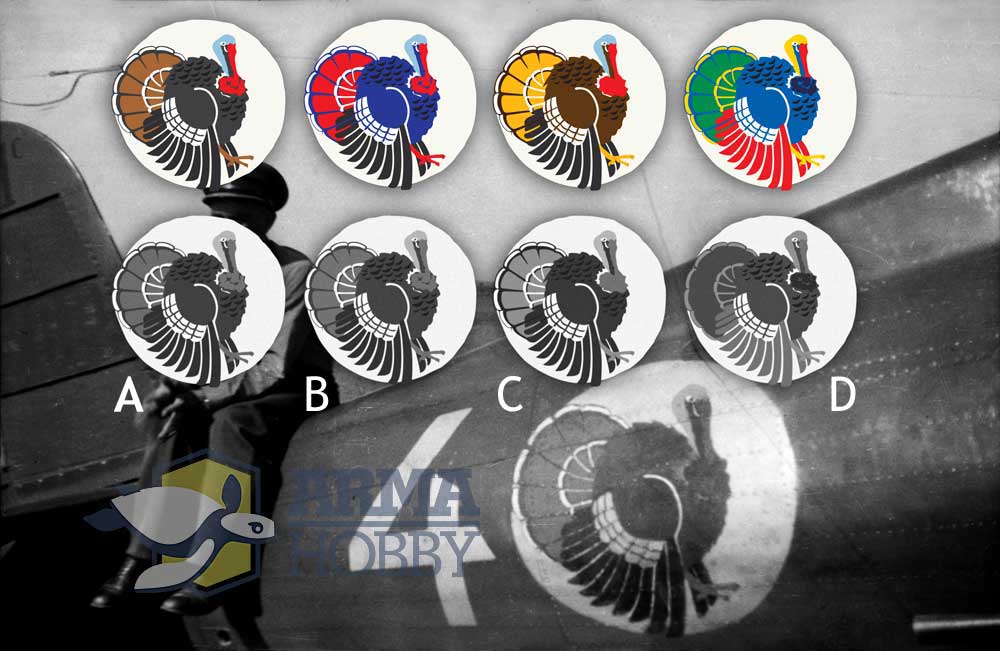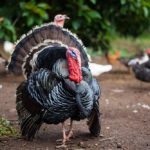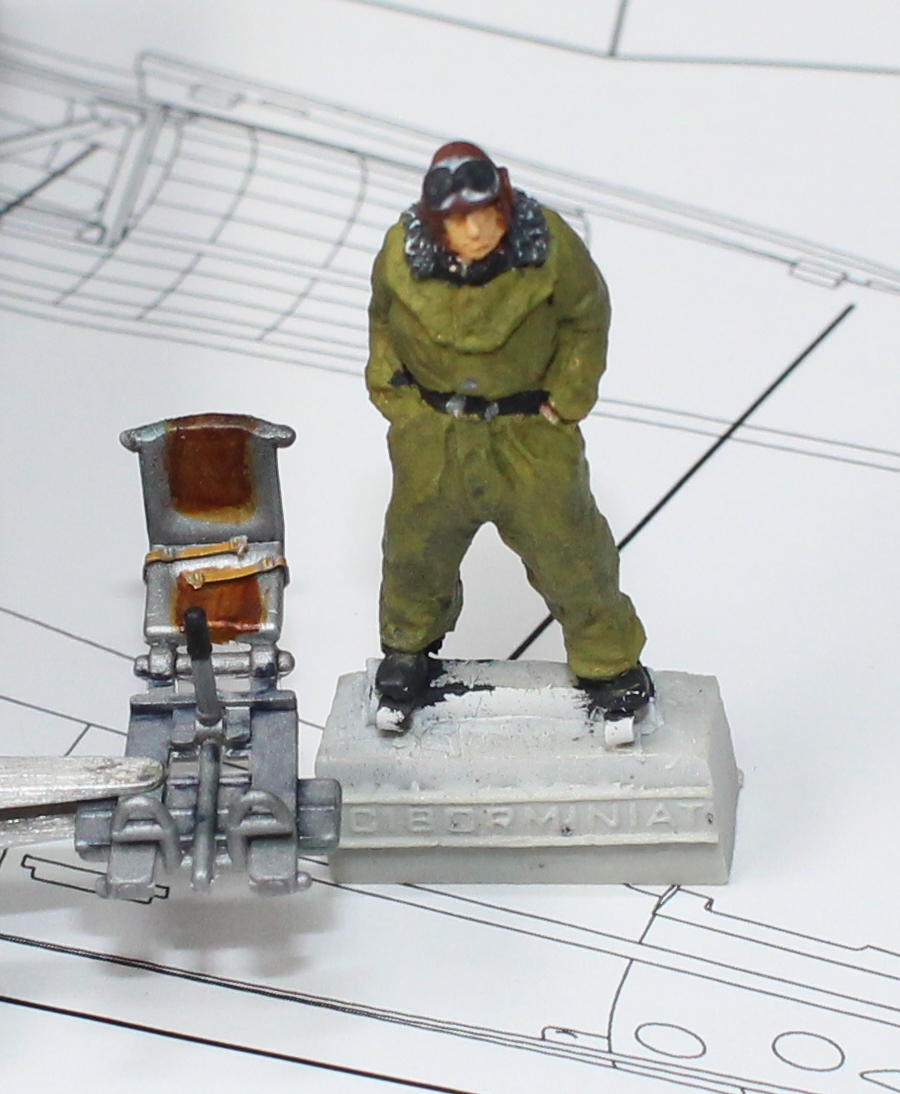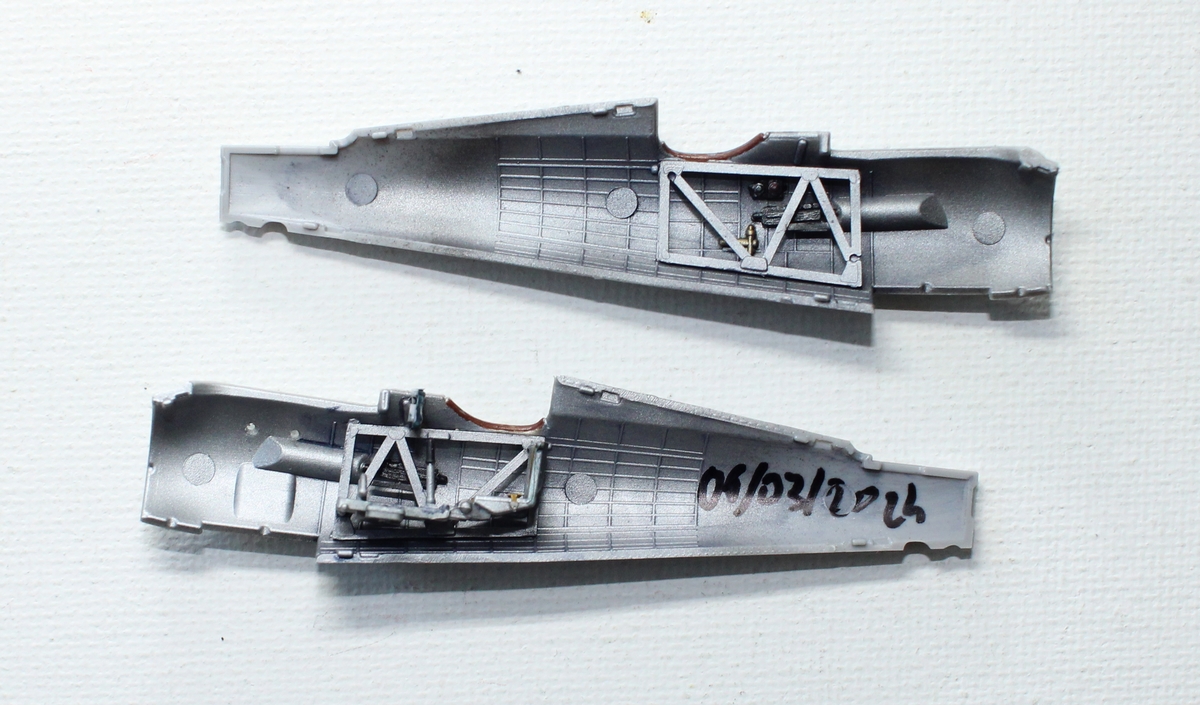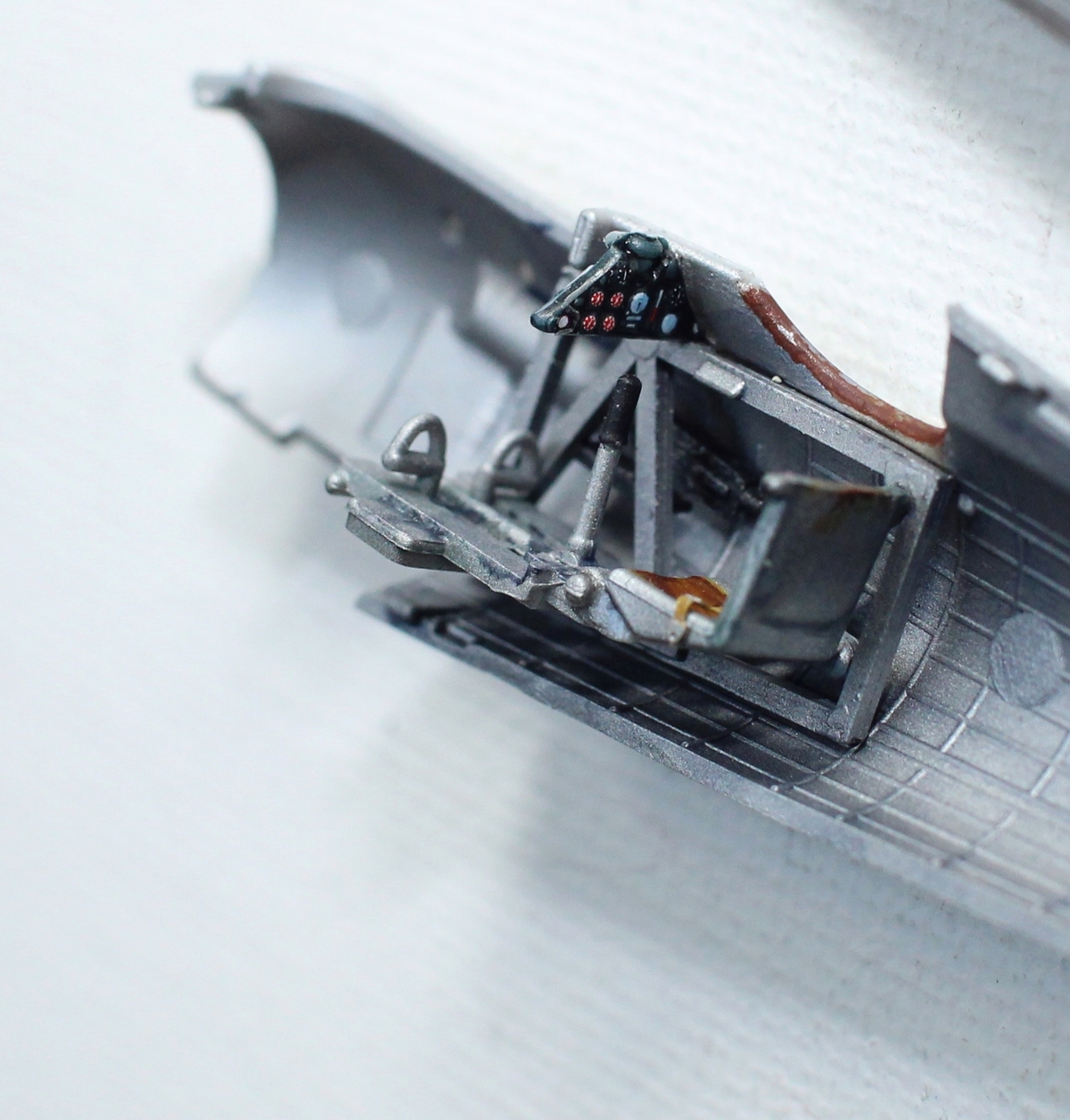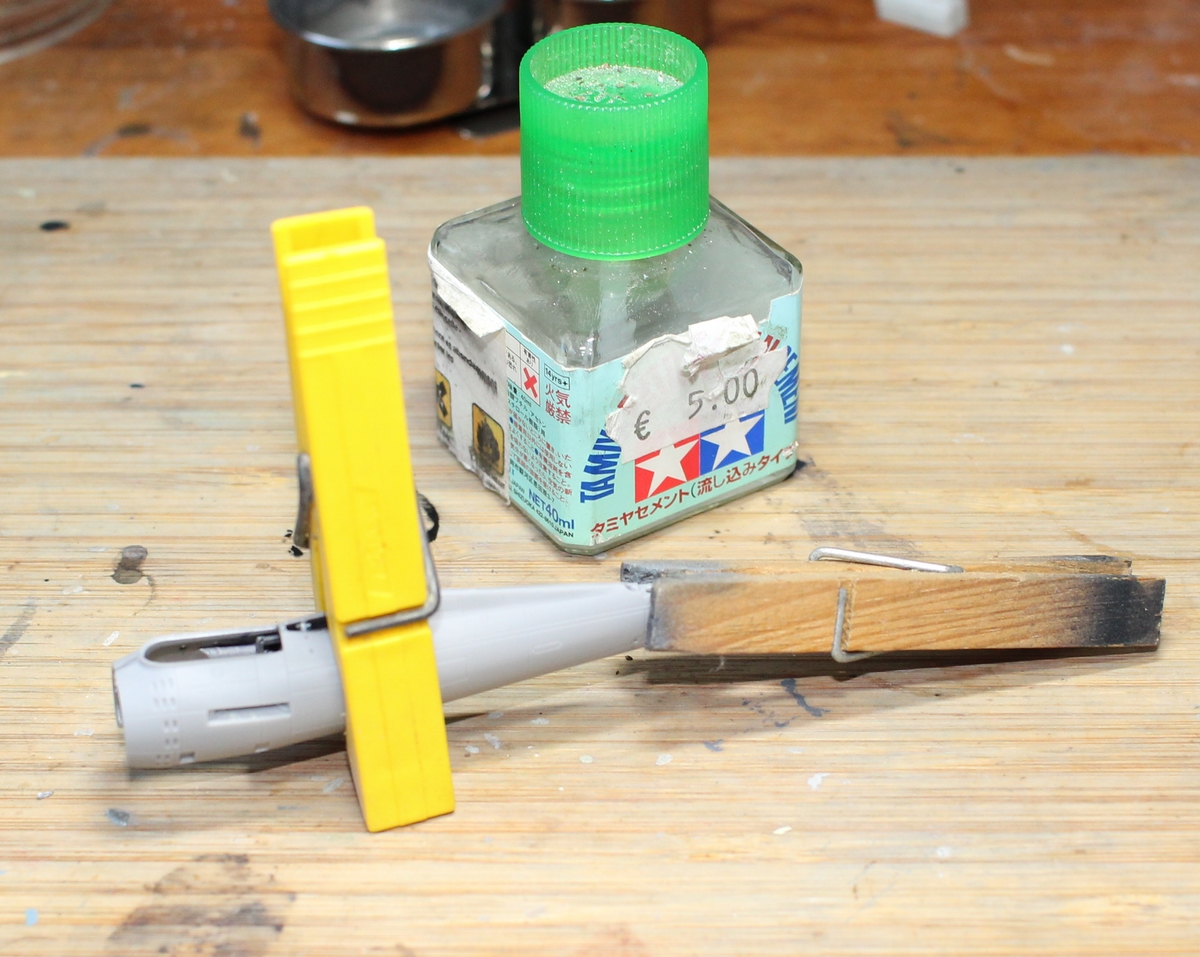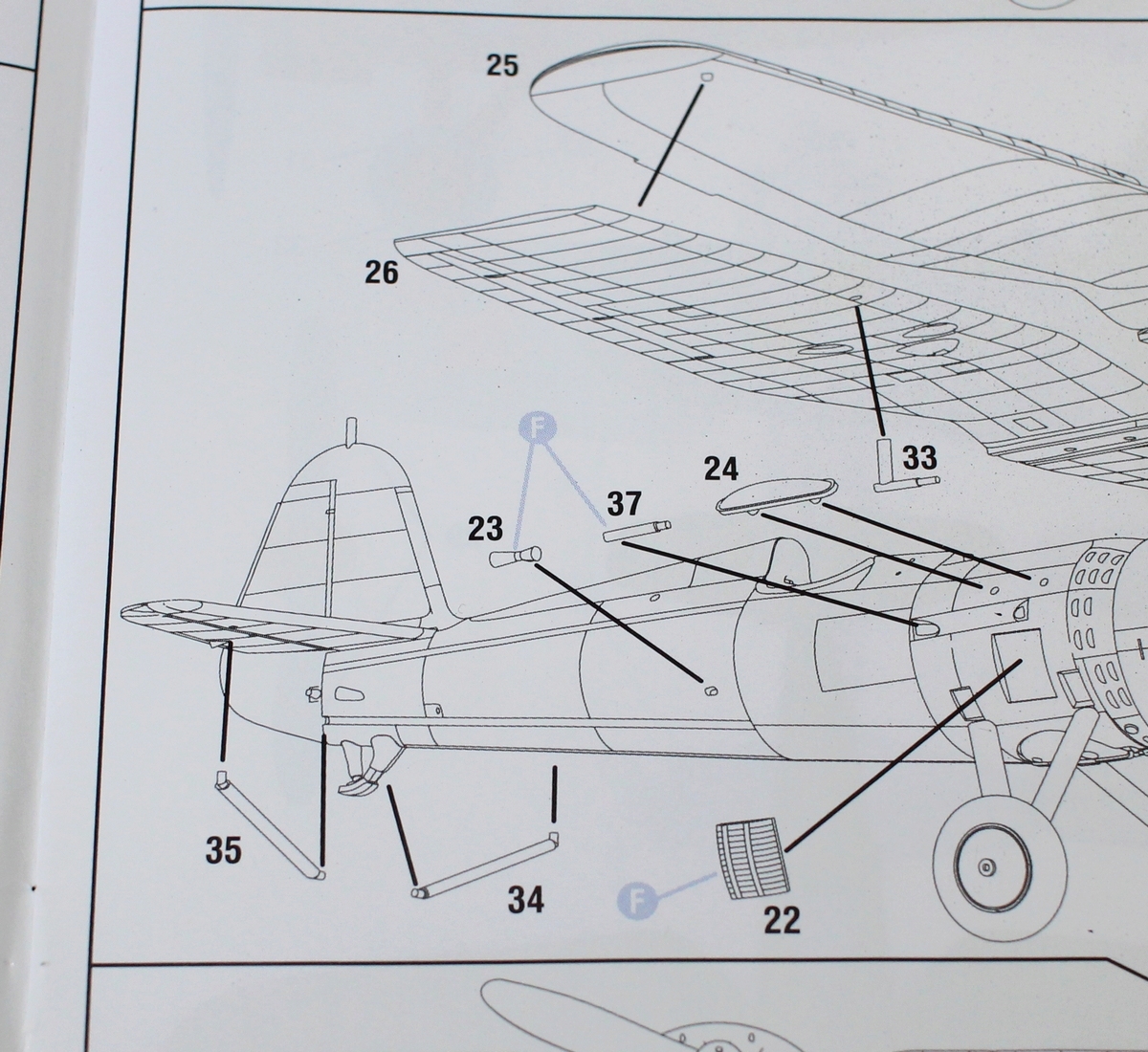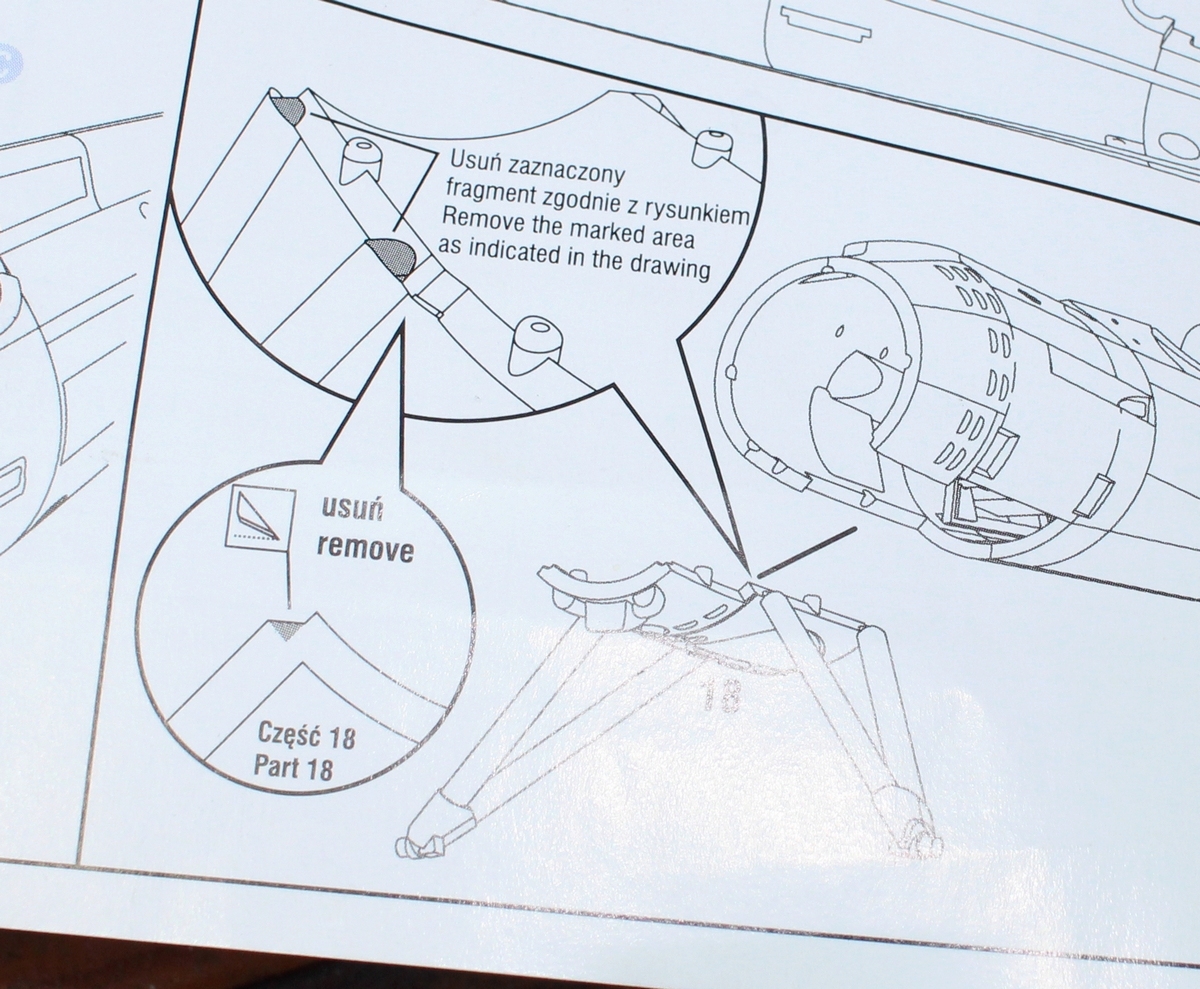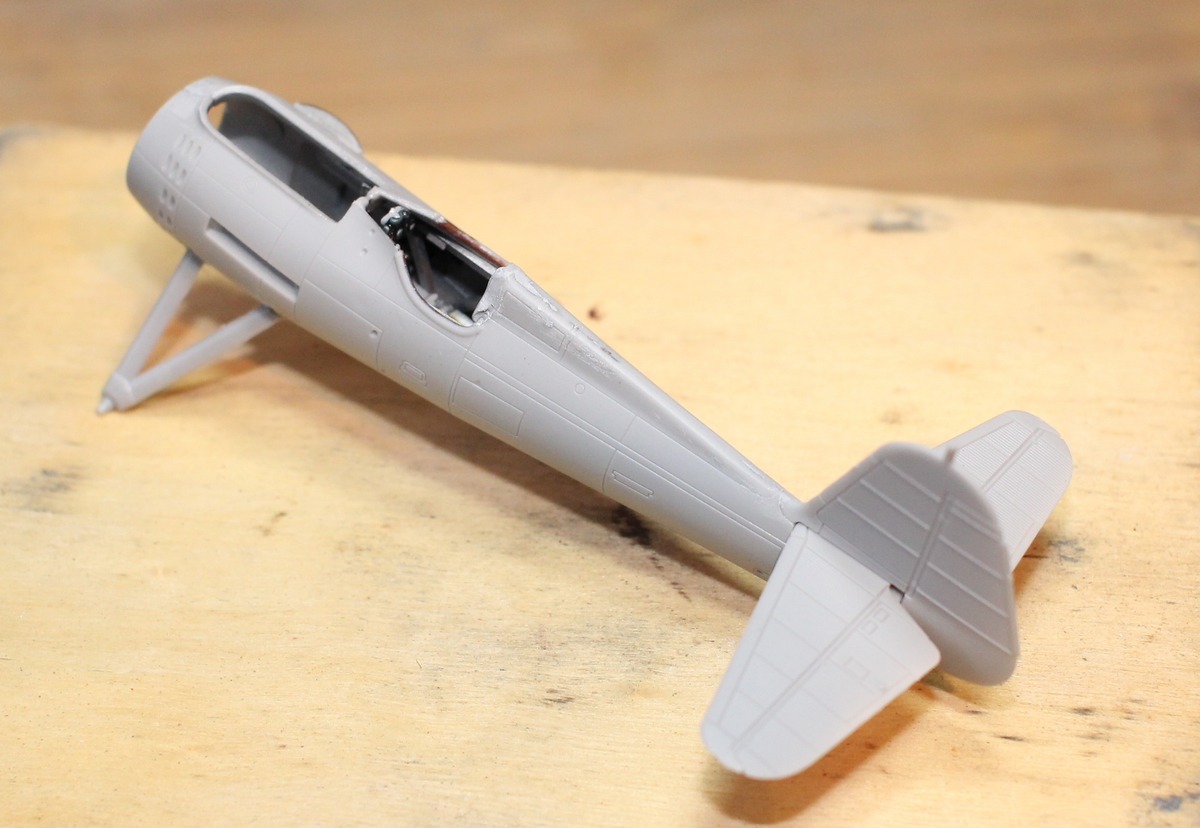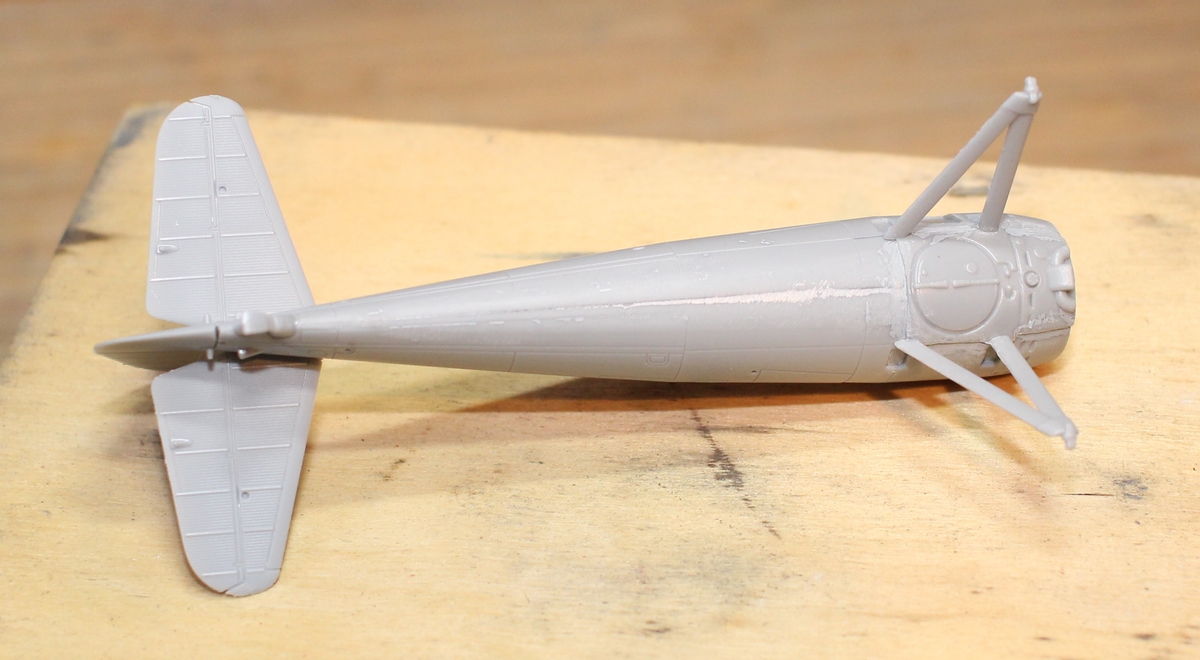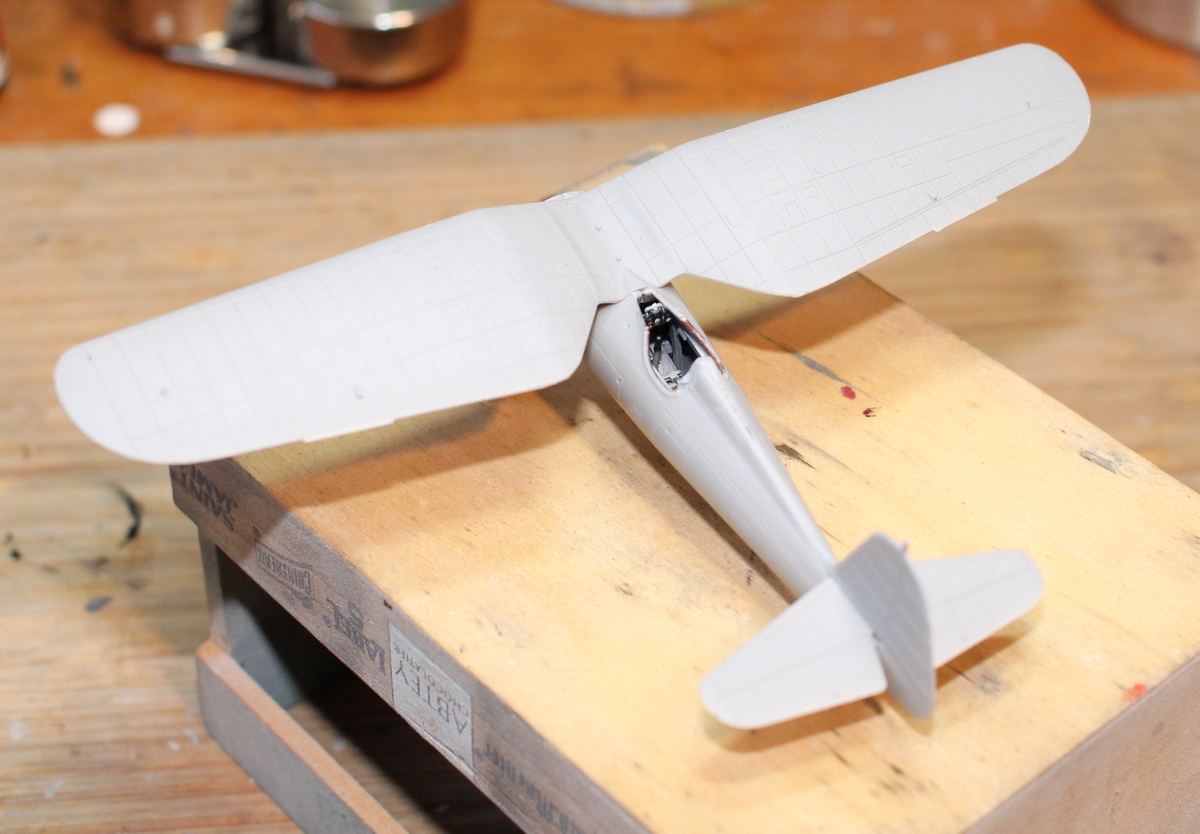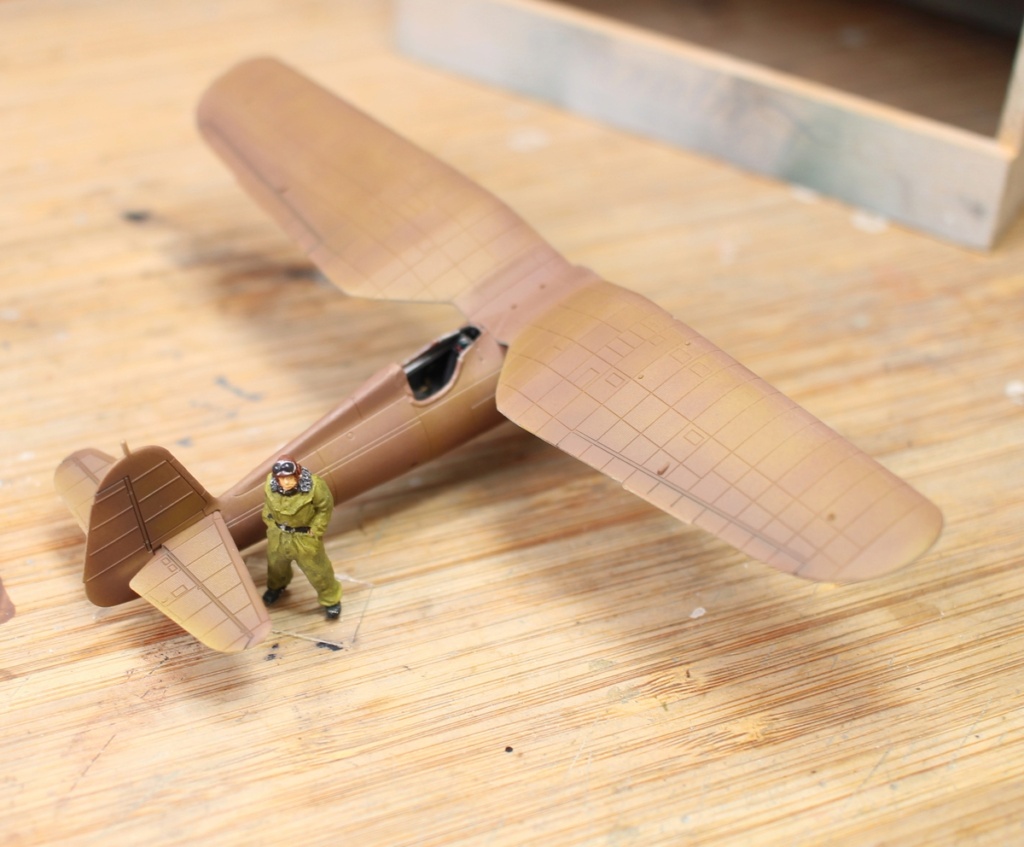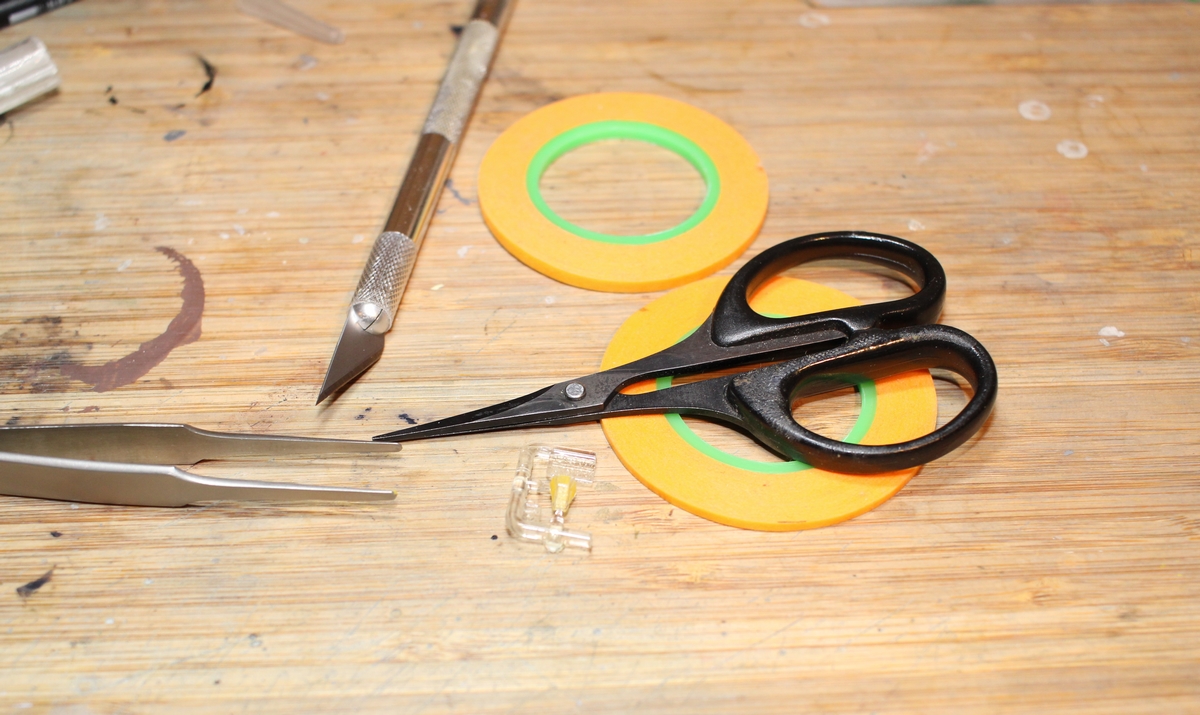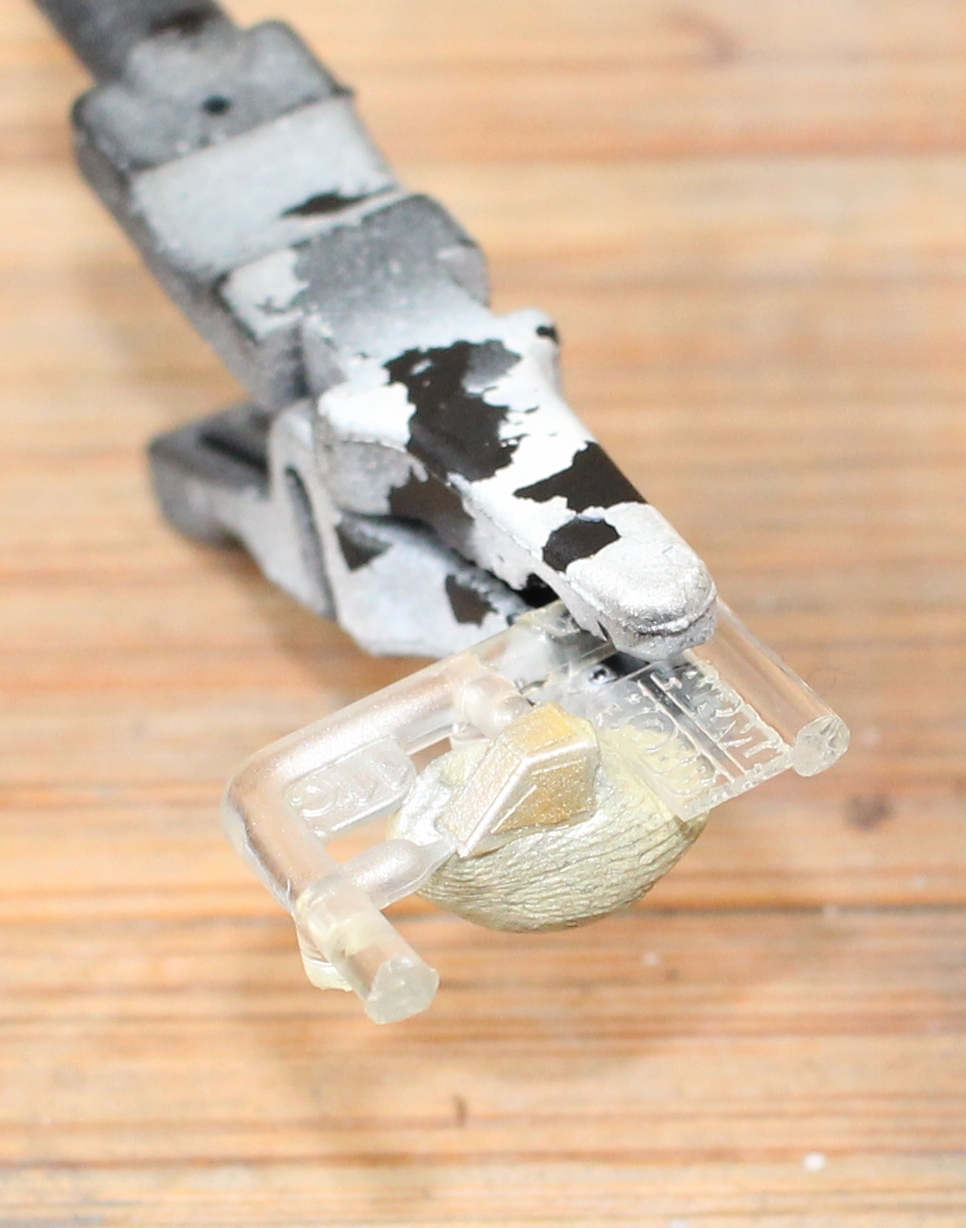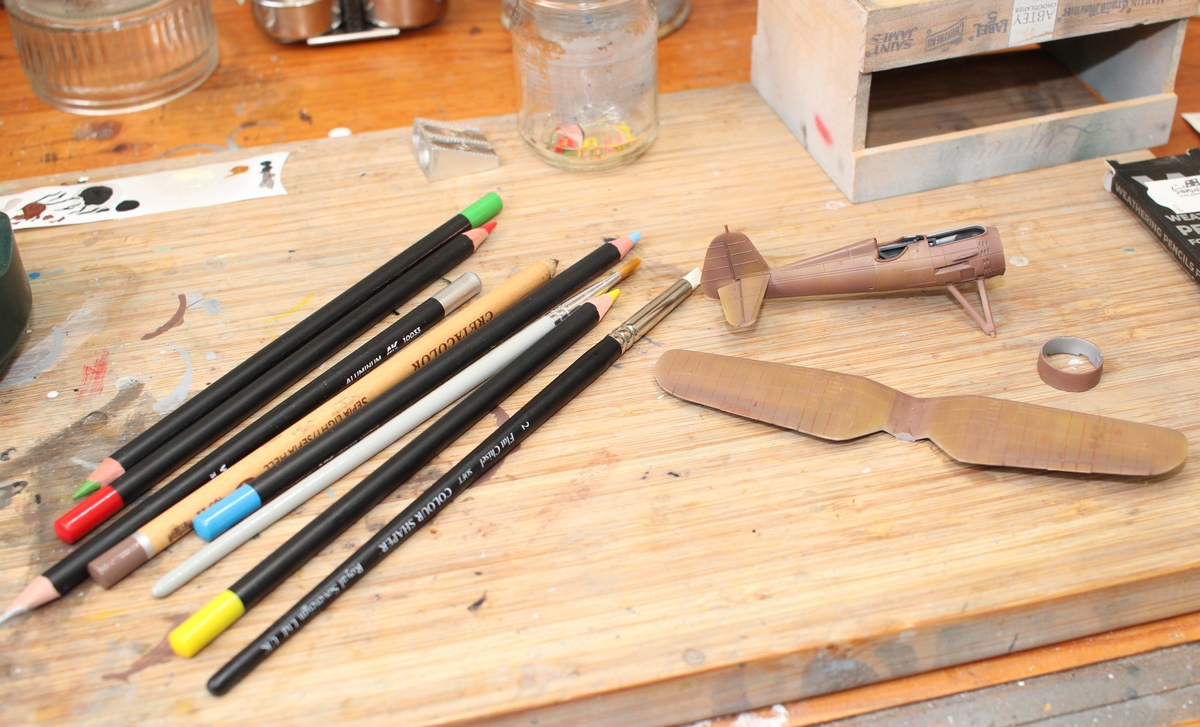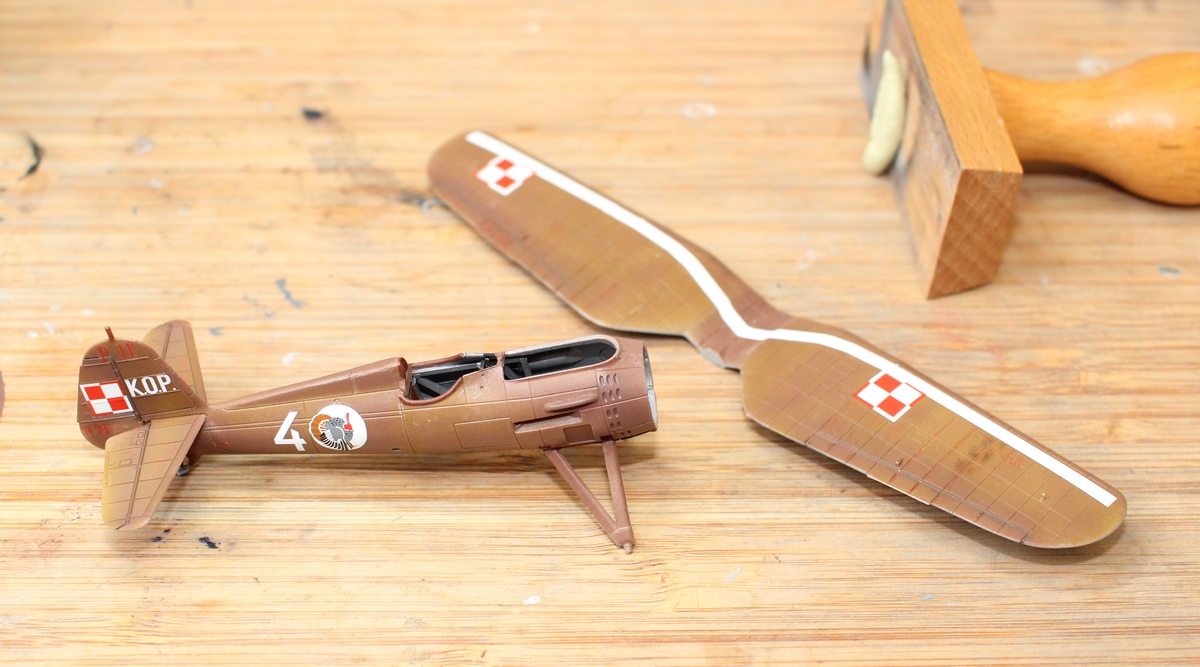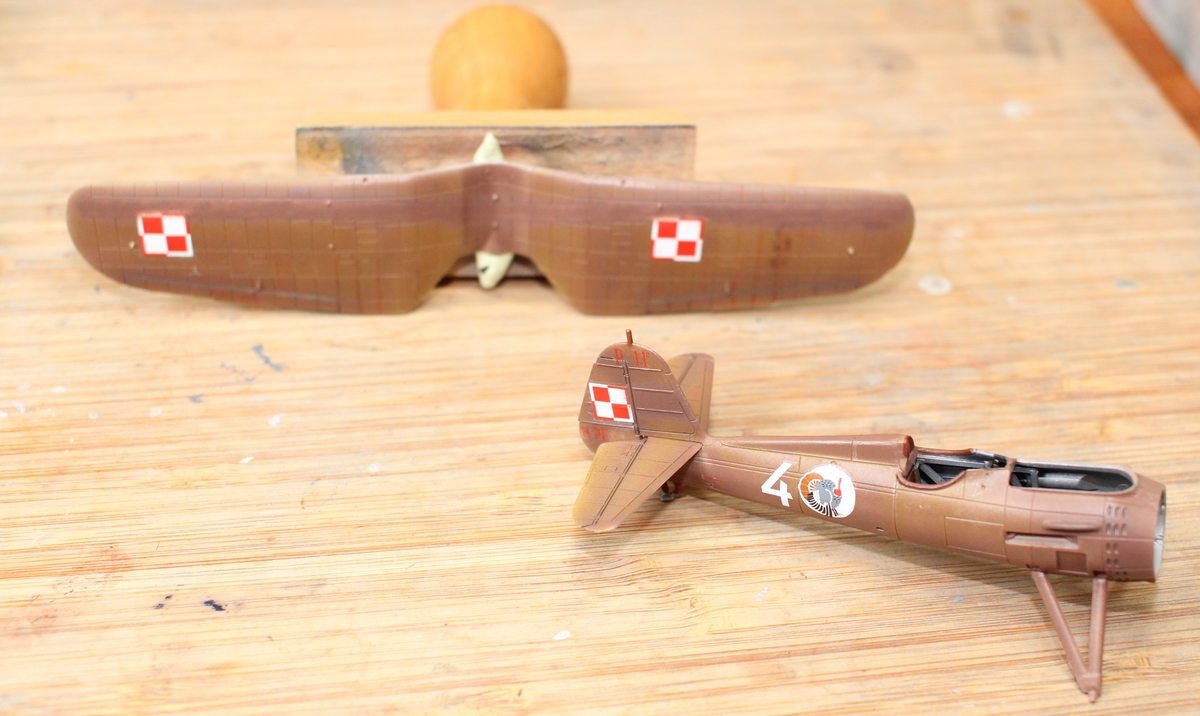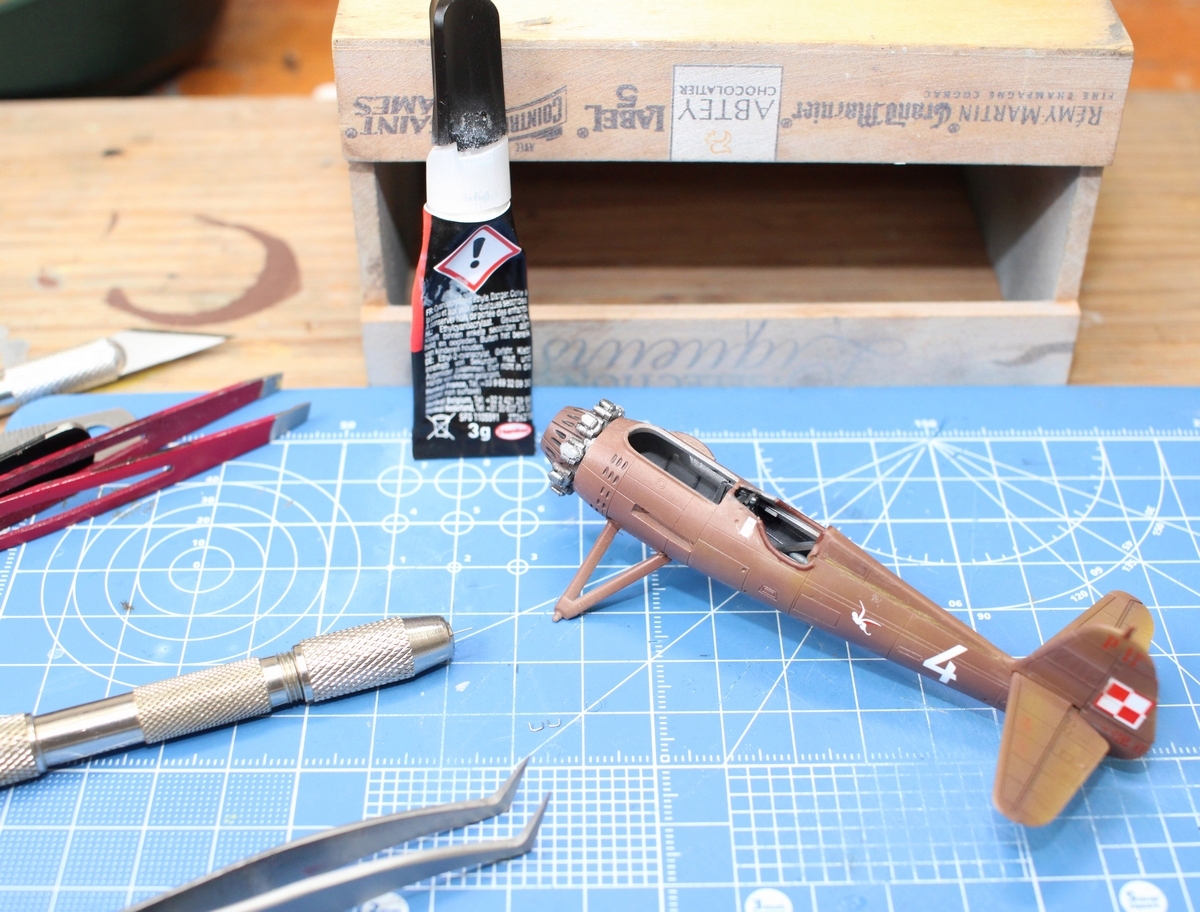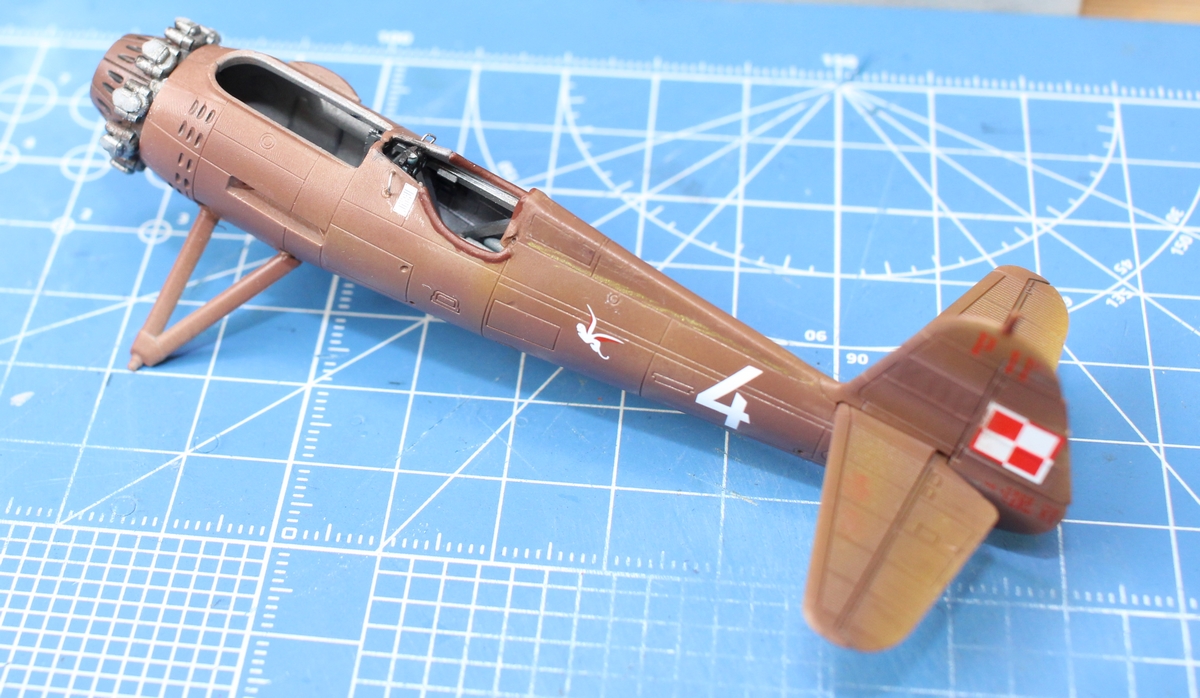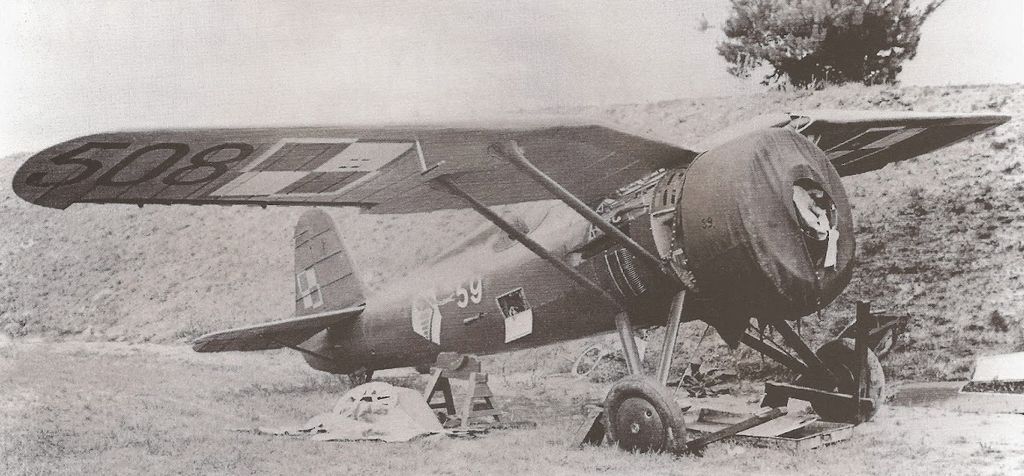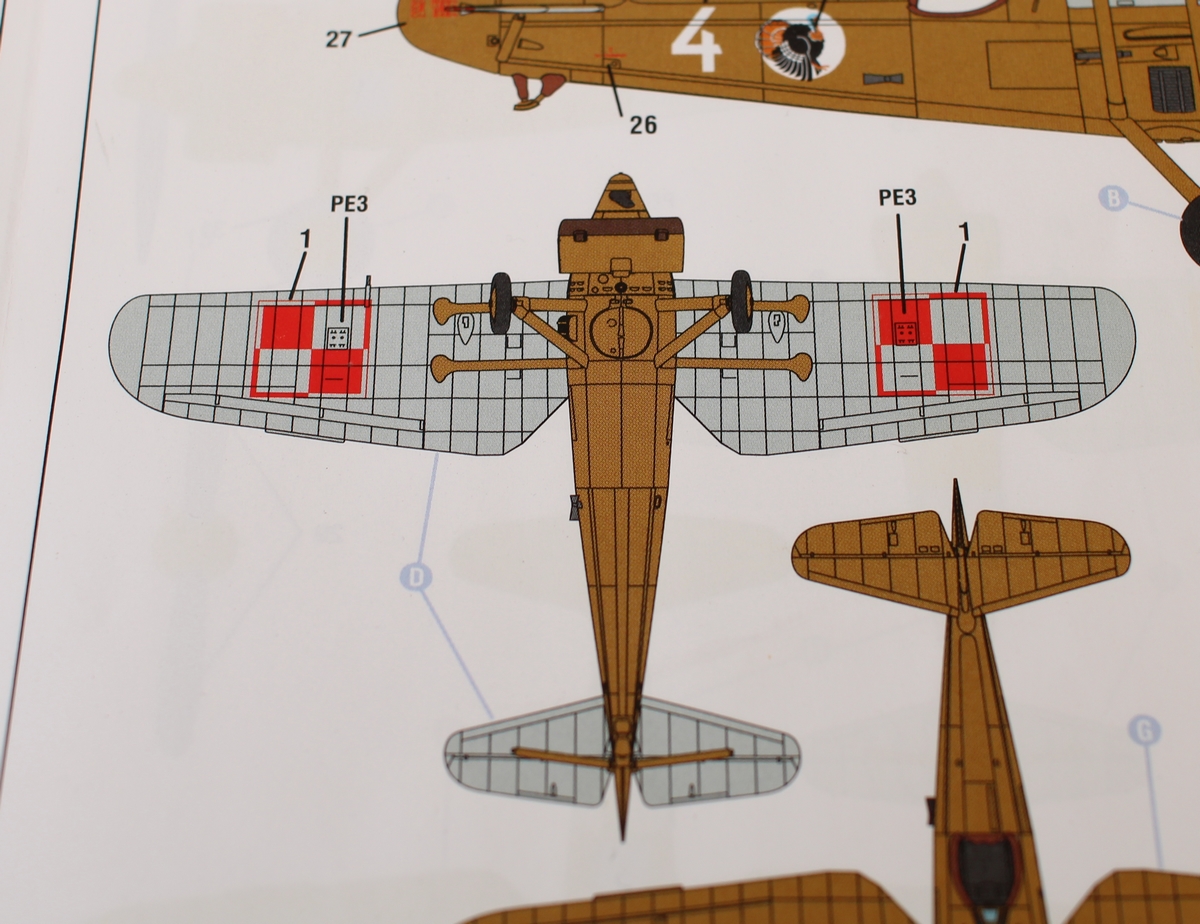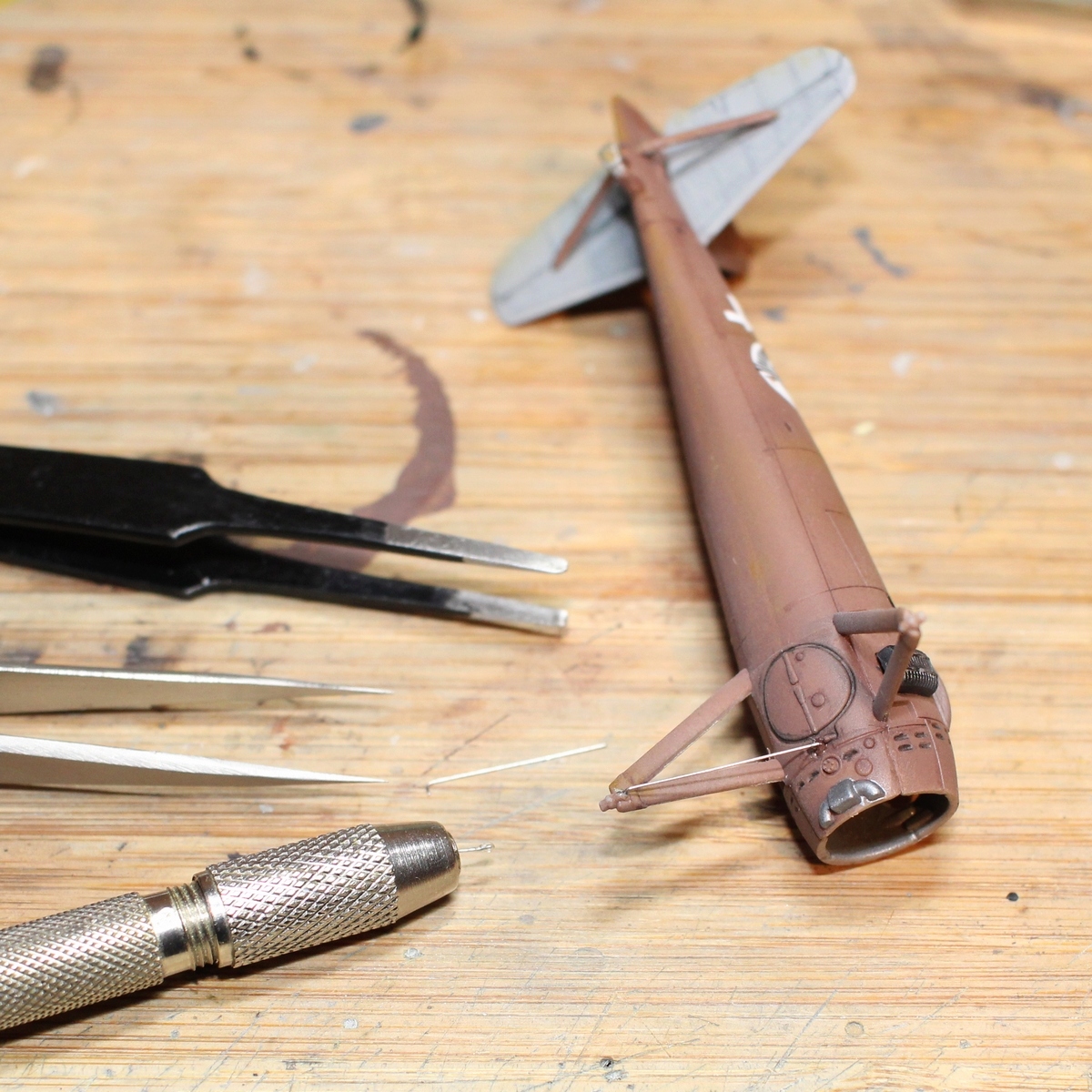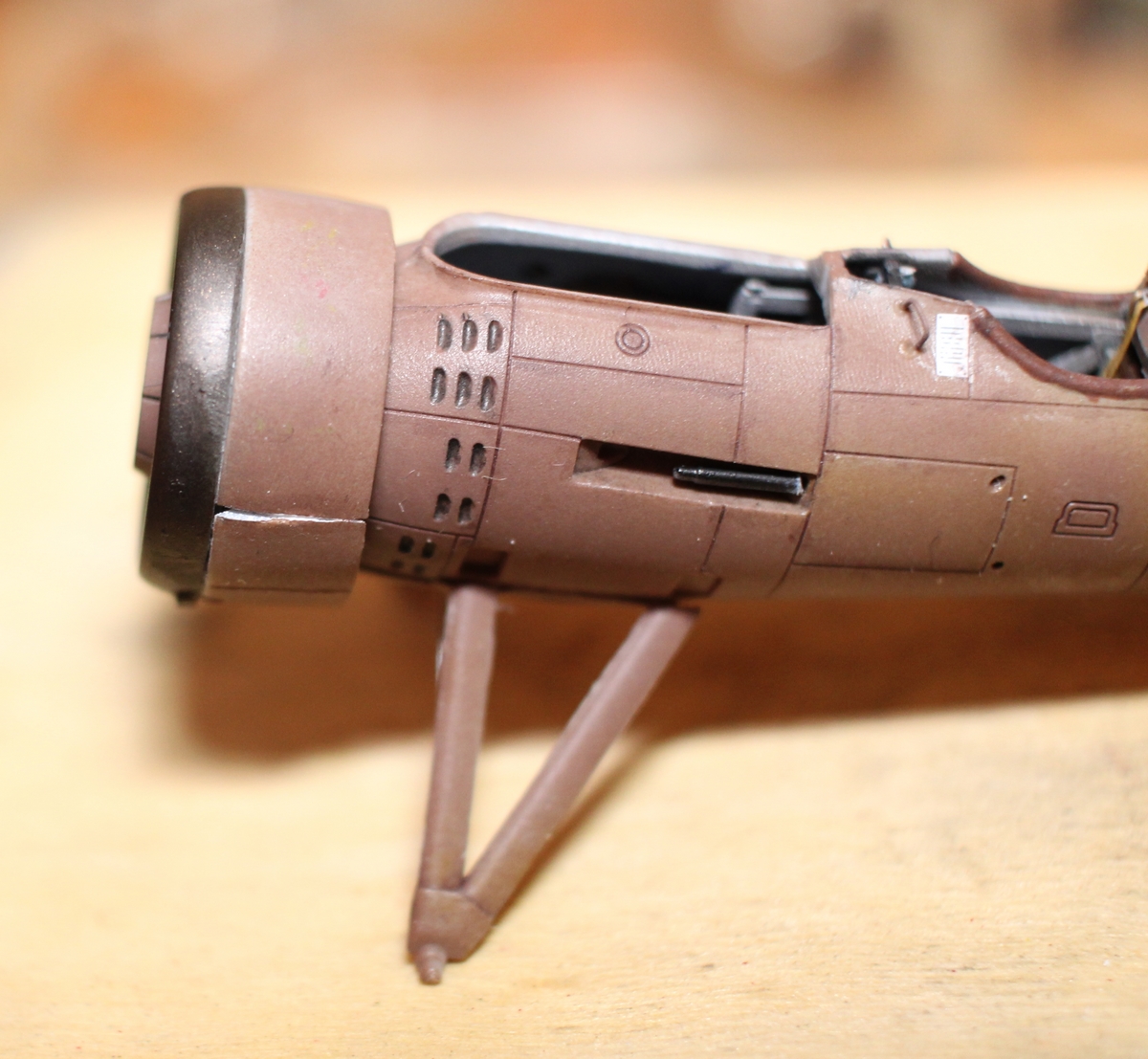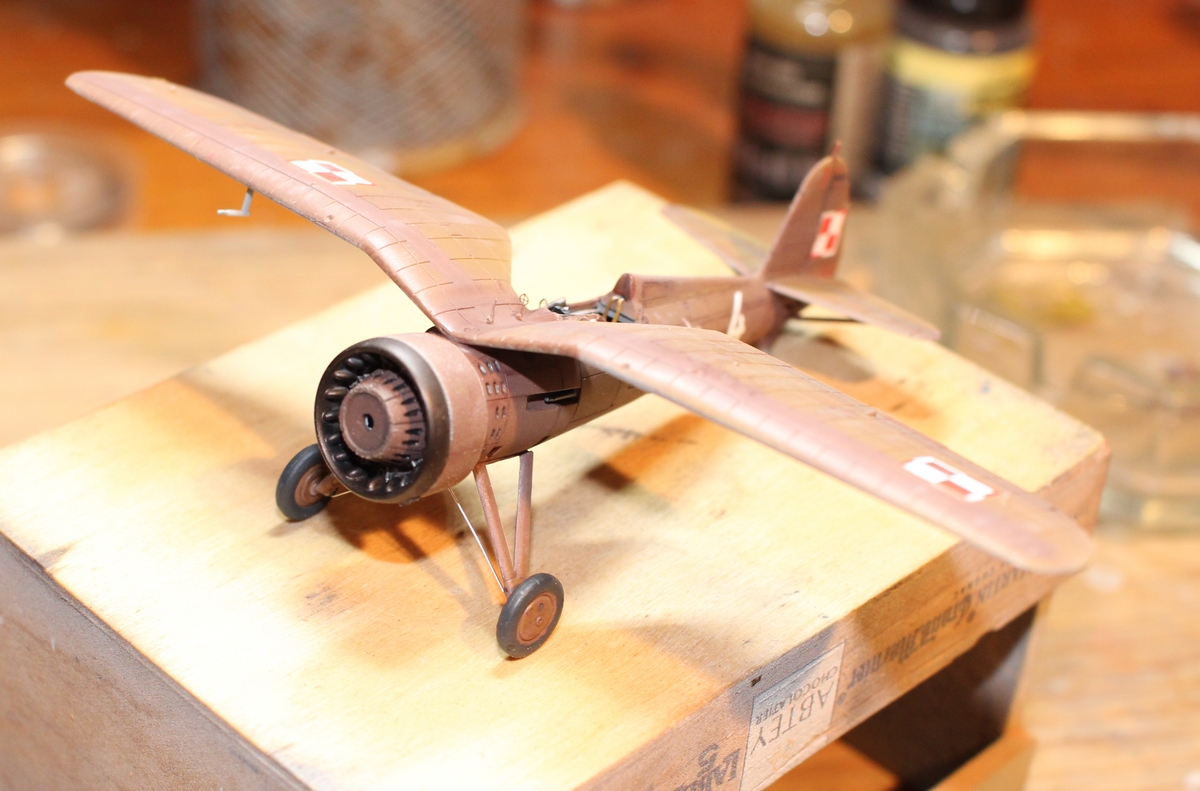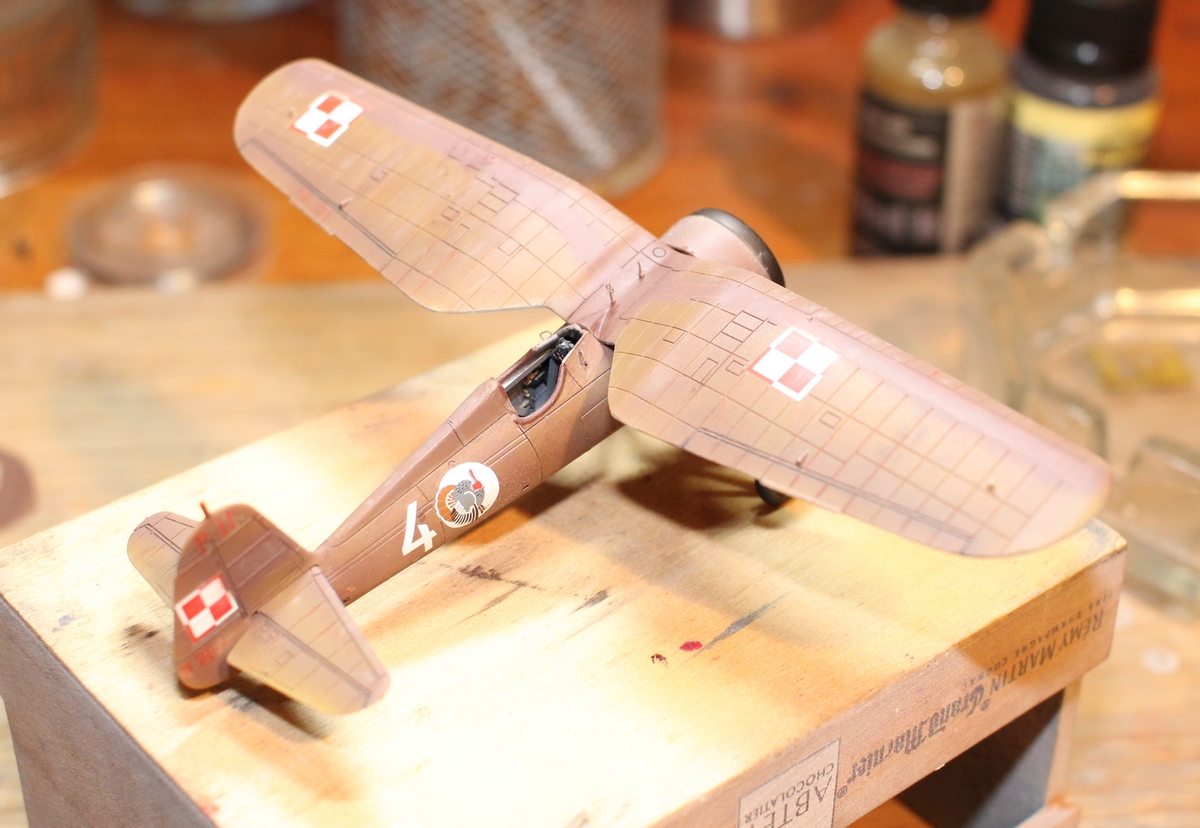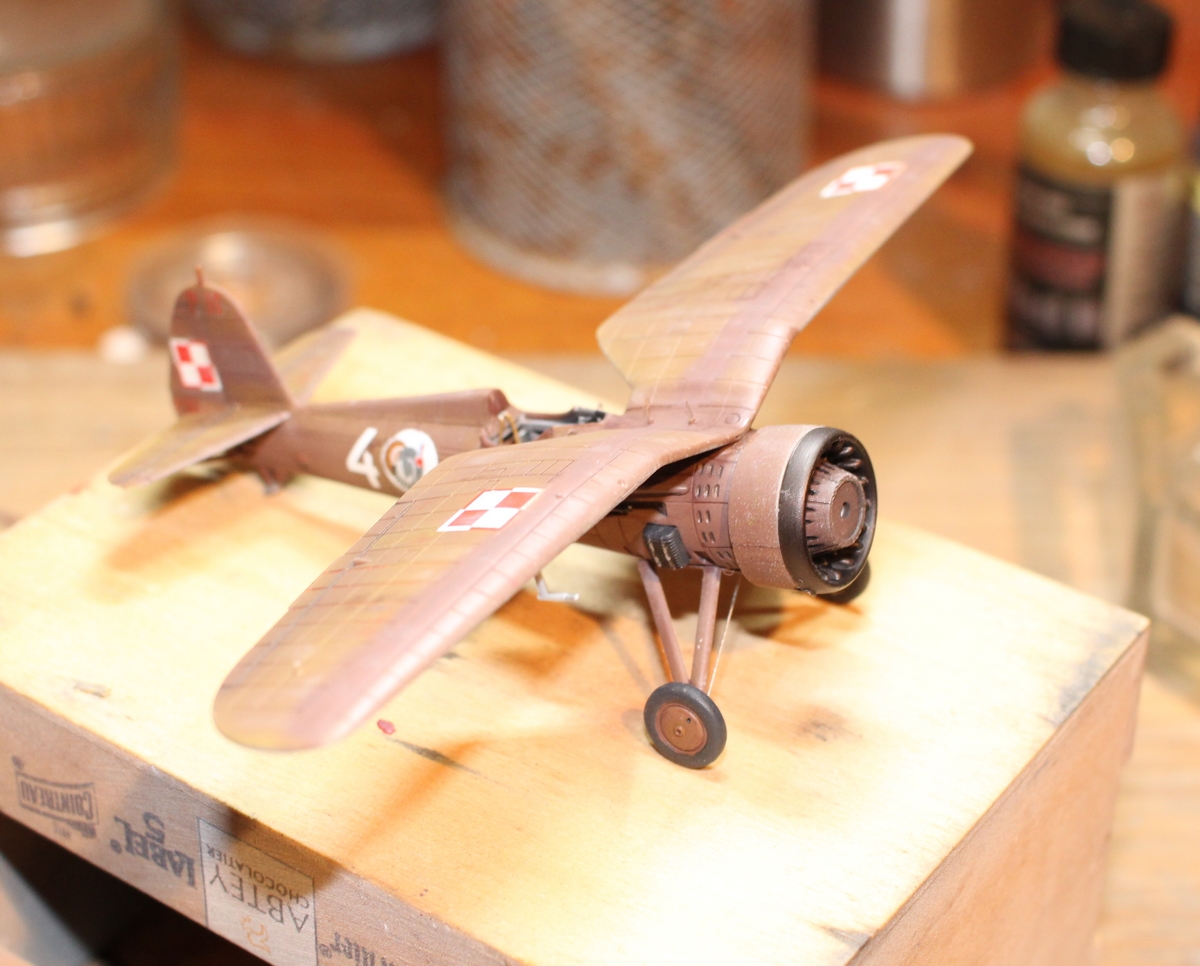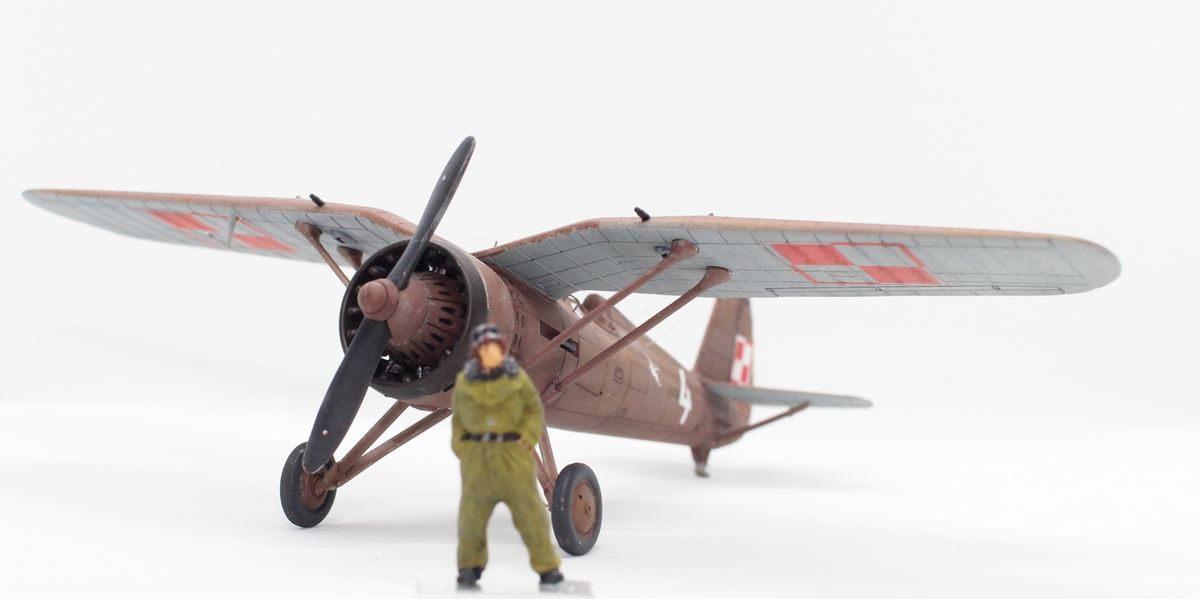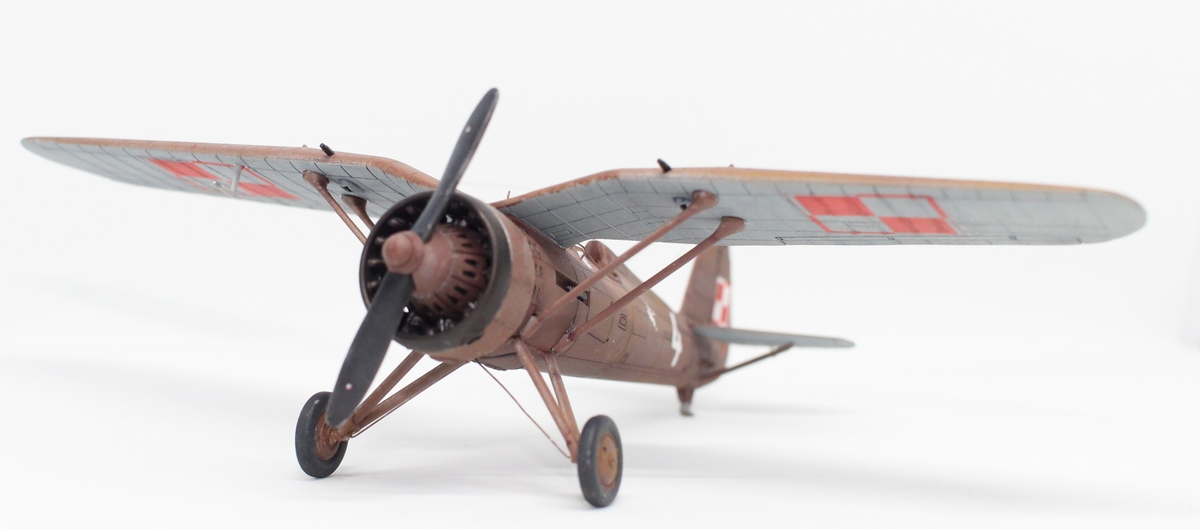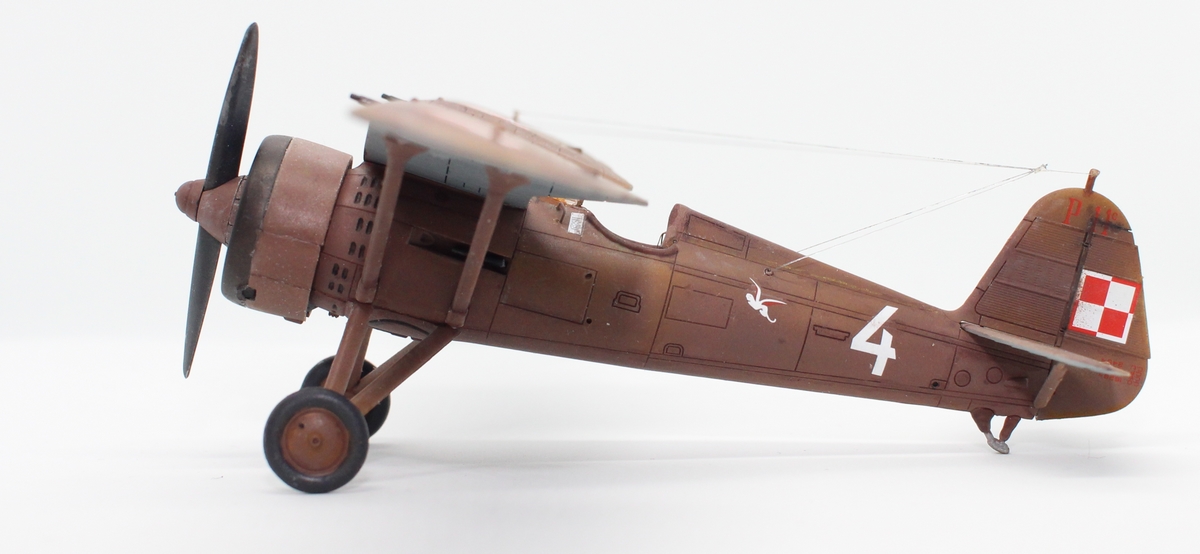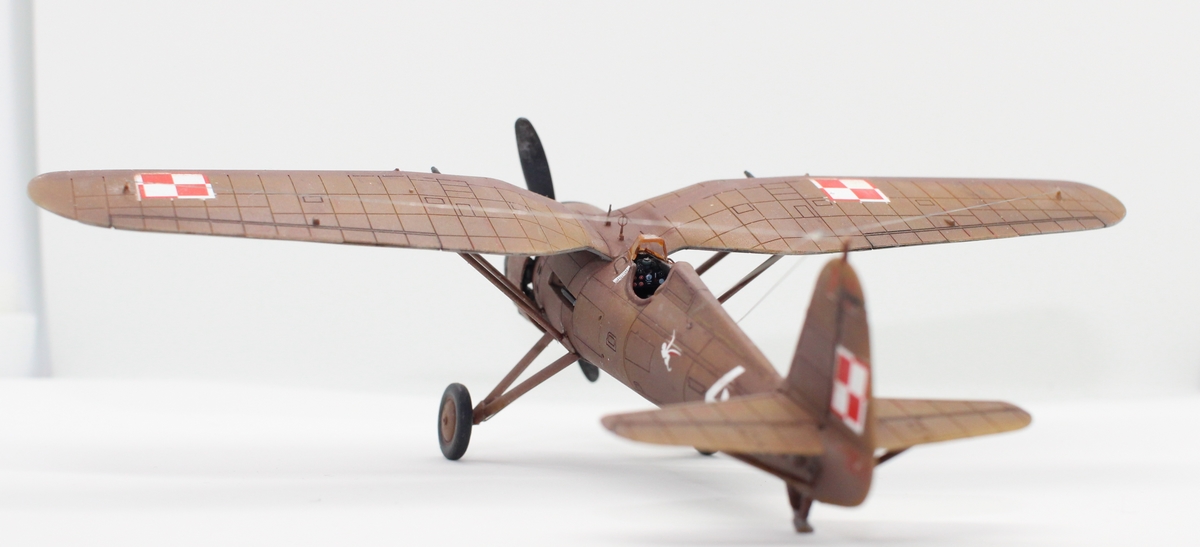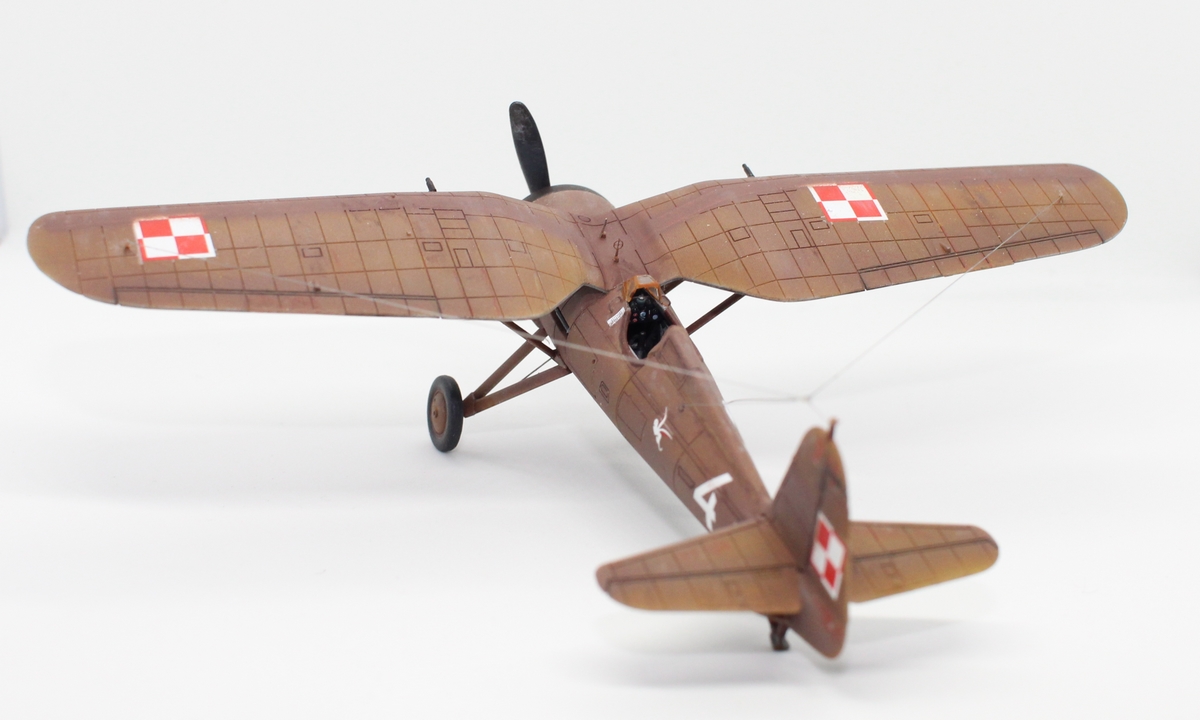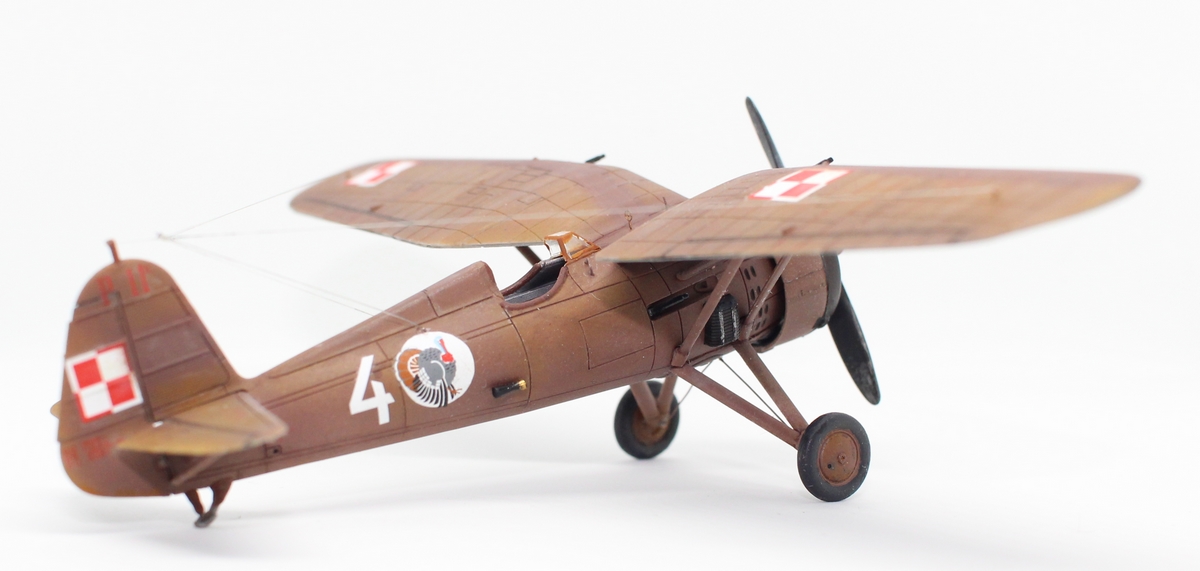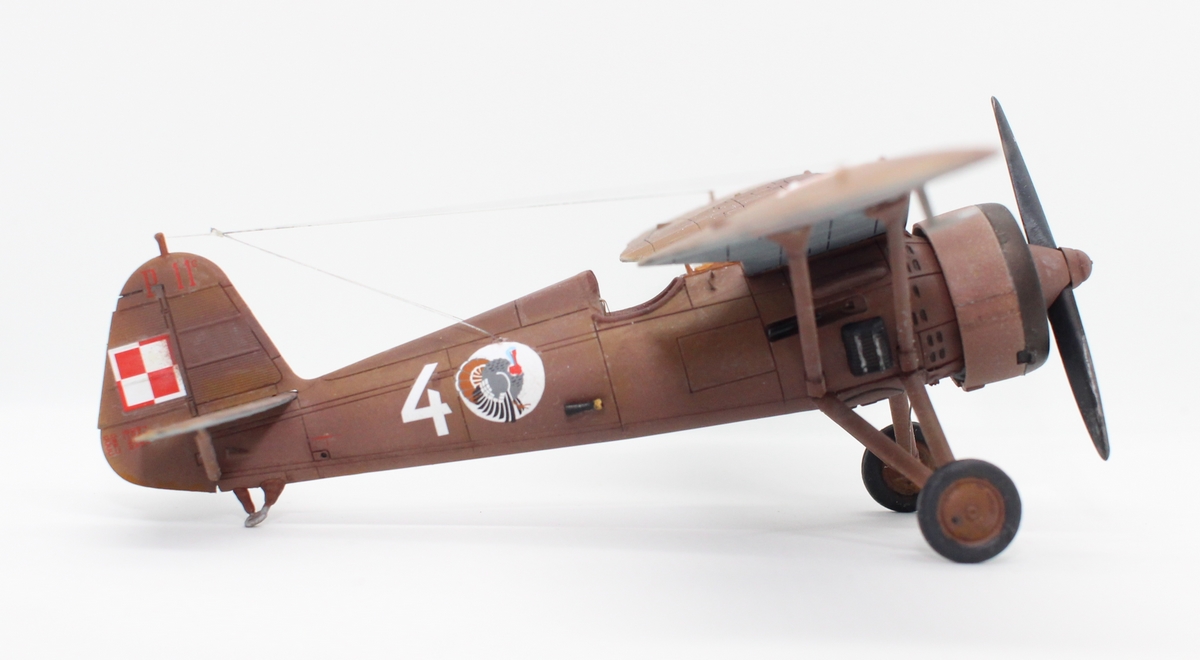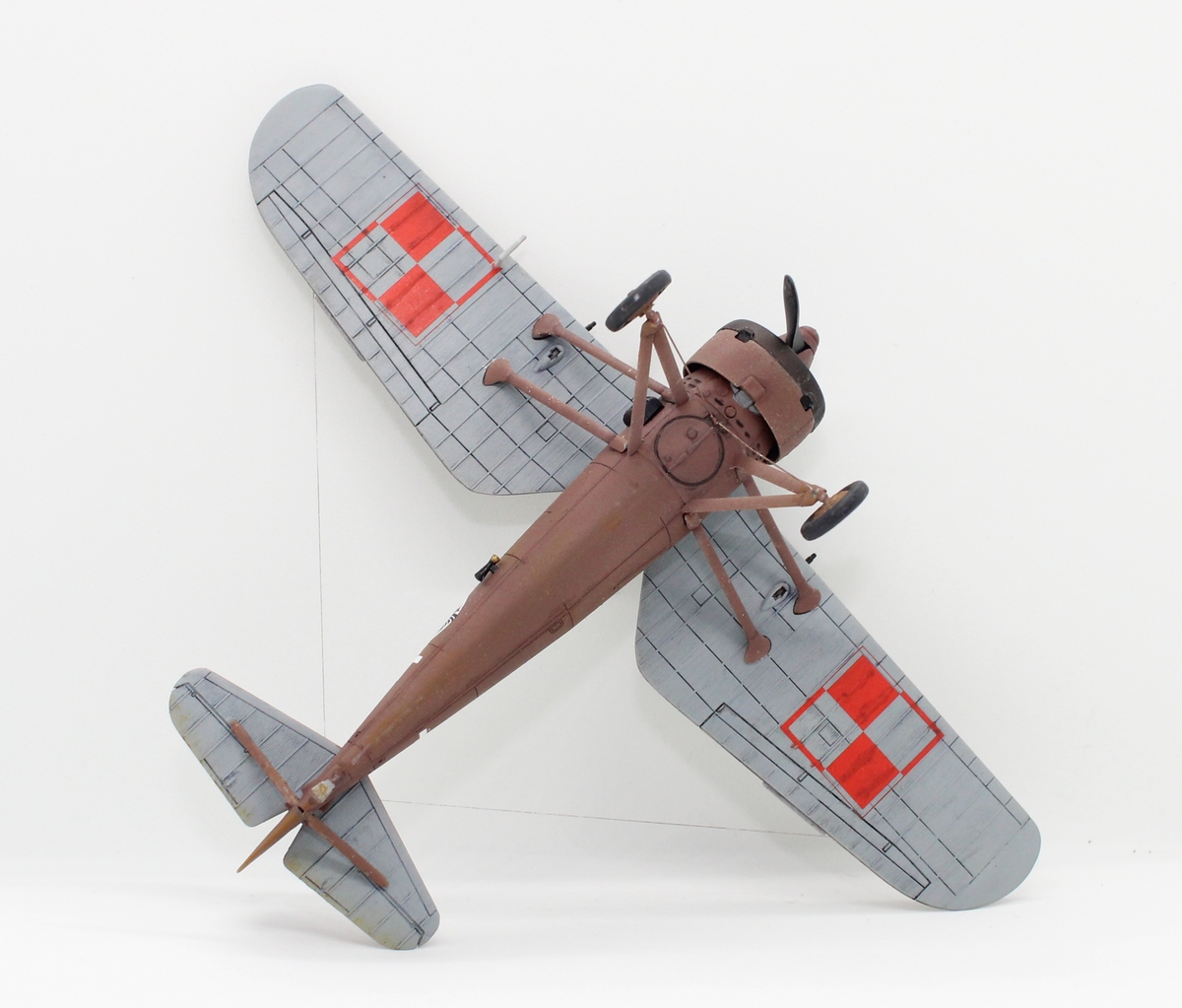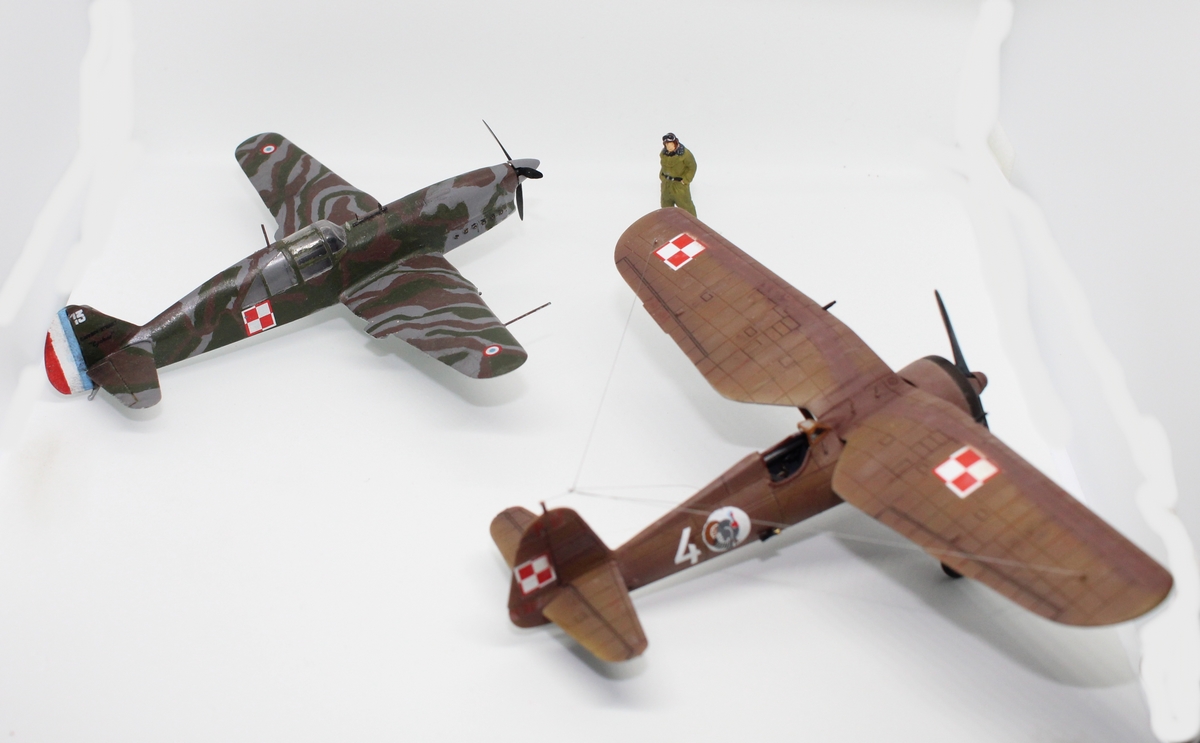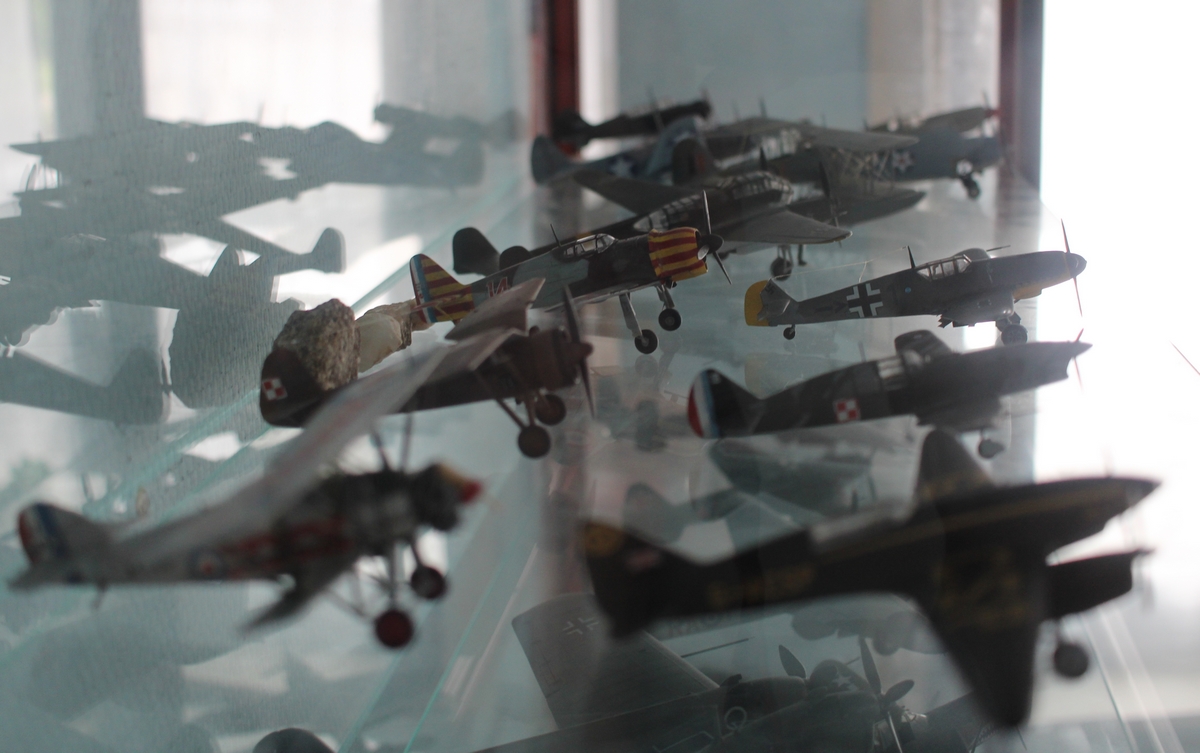
Une grappe :
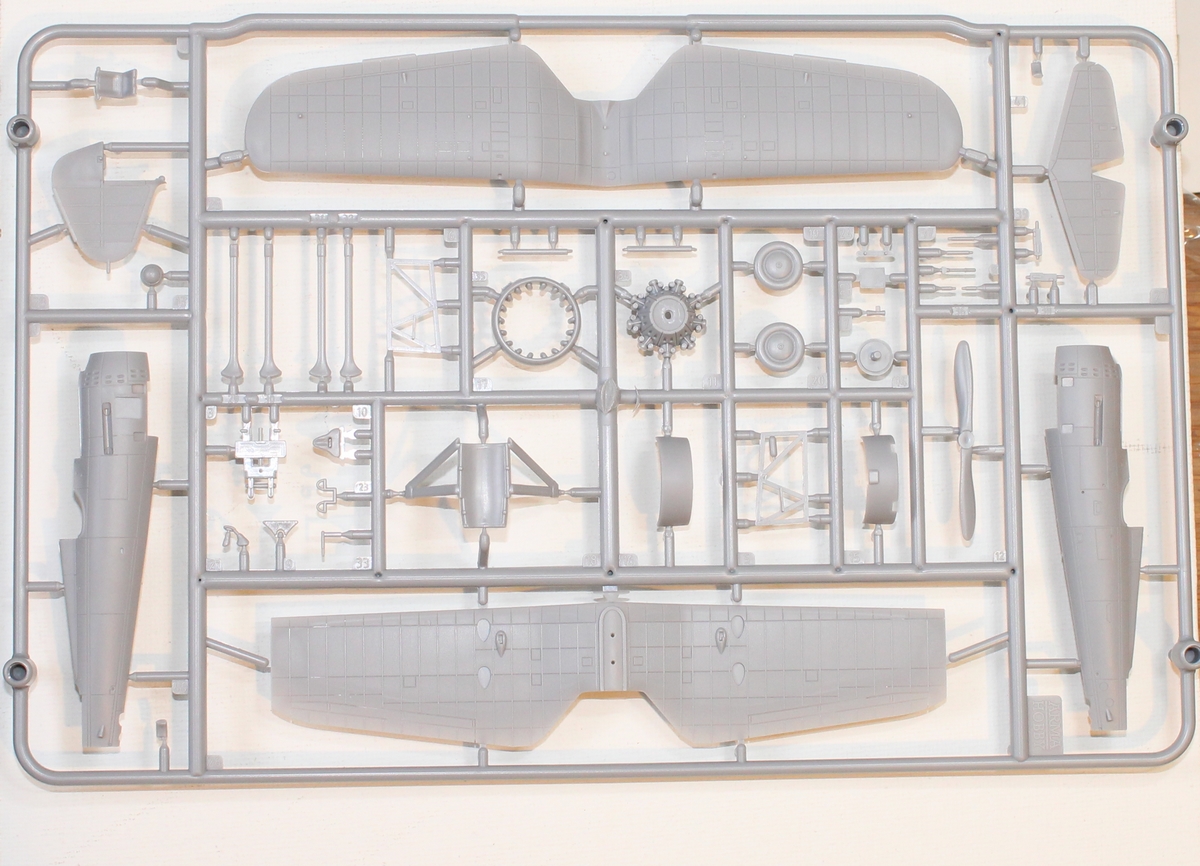
Une petite planche de photodécoupe et des petits masques :
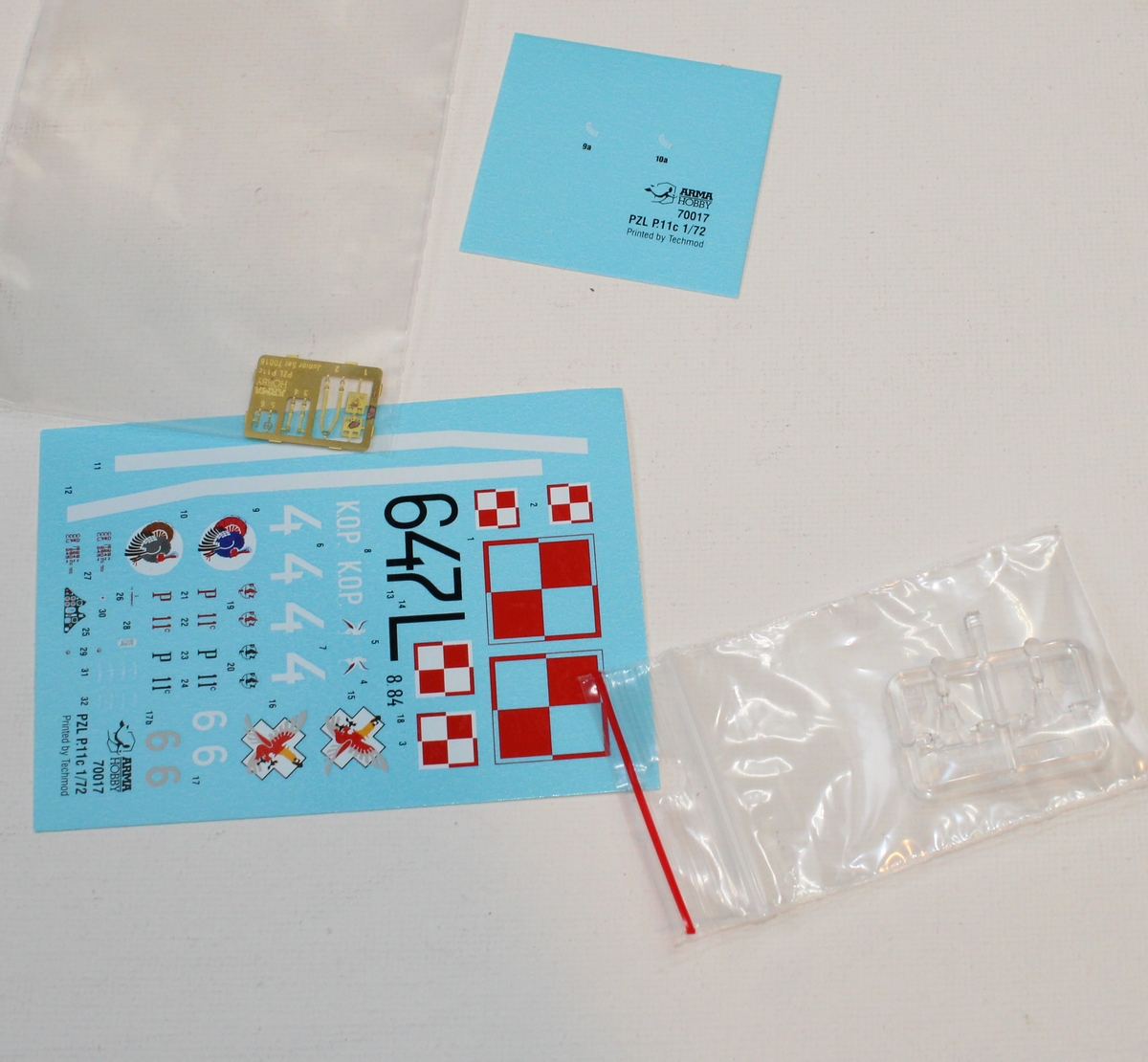
Pour aller avec, j'ai pris des figurines de chez Scibor Monstrous Miniatures
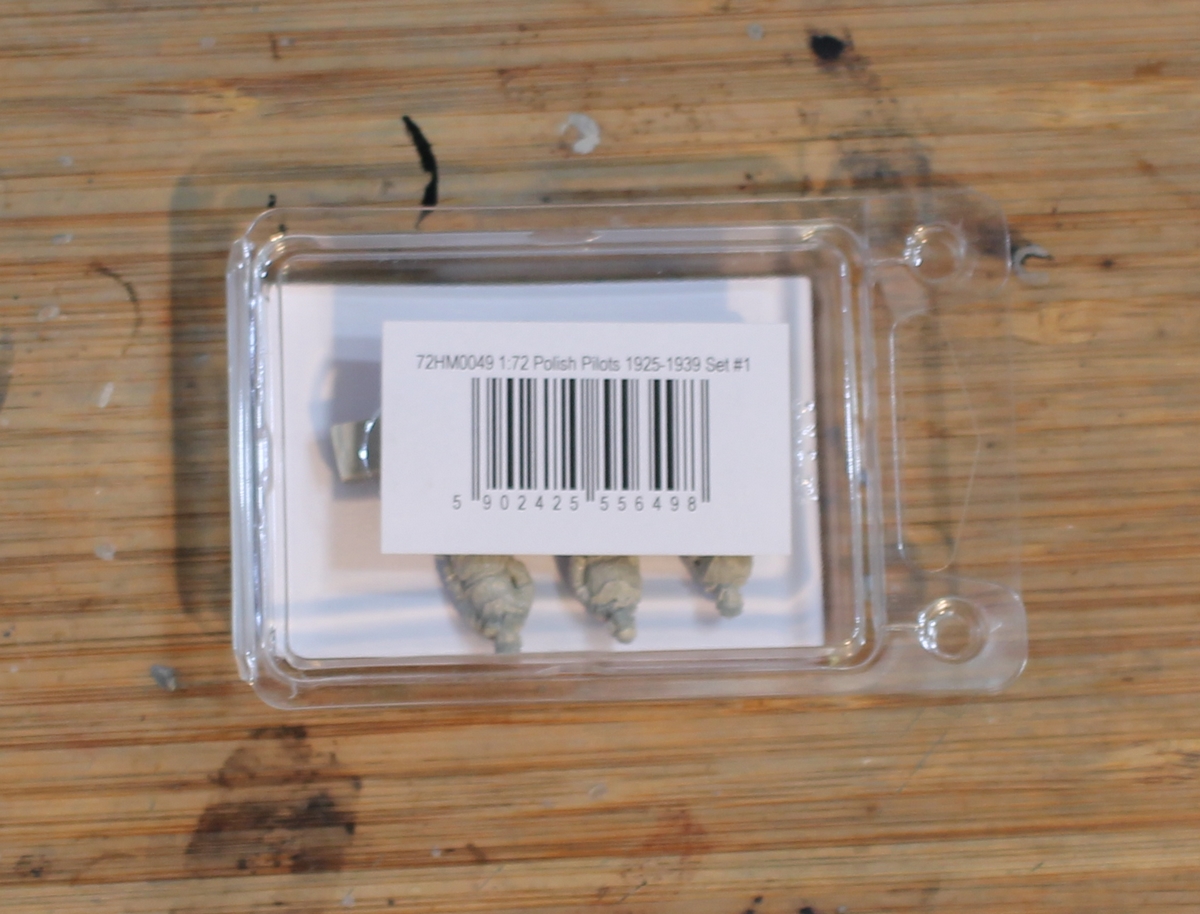
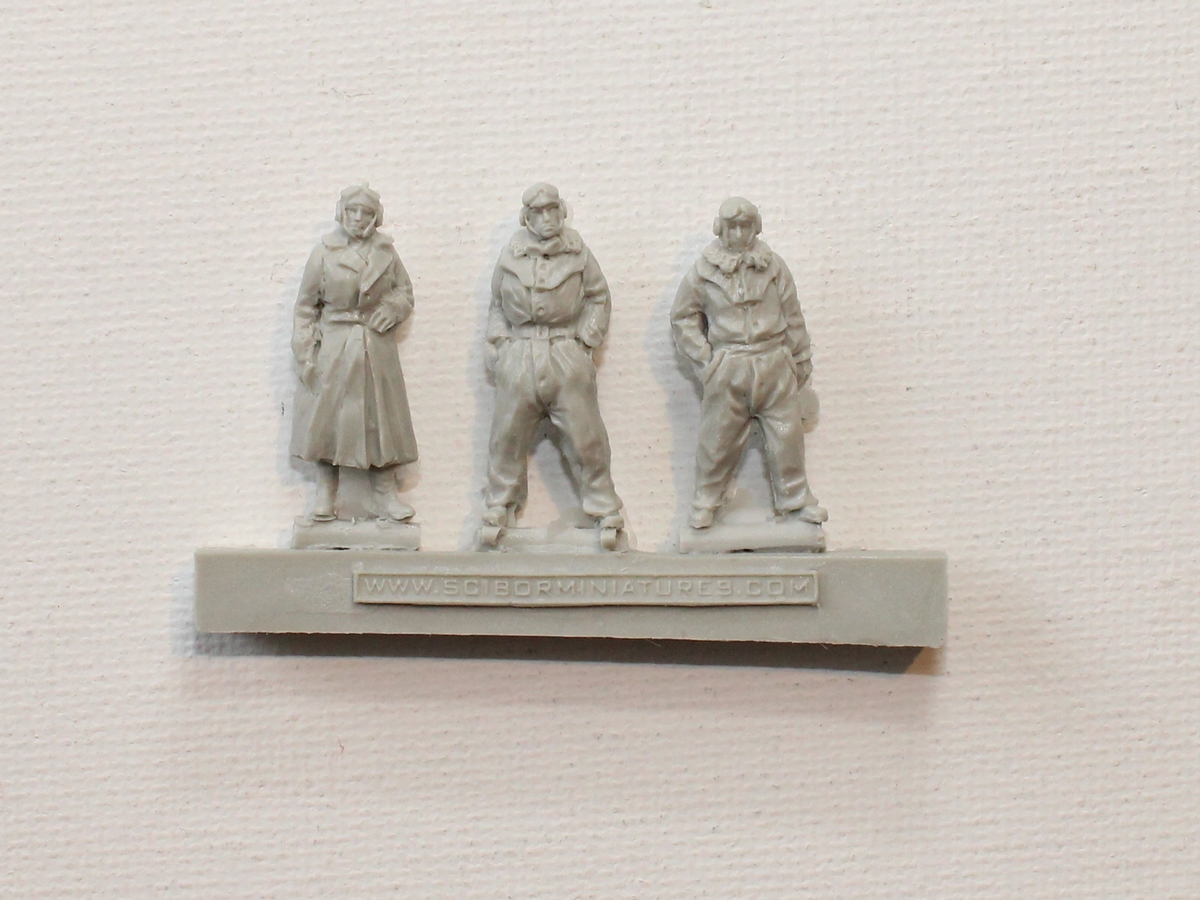
Ces messieurs sont fort sympathiques, mais ils mesurent 1,87 mètres. Un peu petit de nos jours certes, mais à l'époque c'était grand. Je prends quand-même celui du milieu avec ses mains dans ses poches et sa moustache chelou. Pas très ressemblant au vrai Jan Dzwonek dont je vais faire la décoration du "4 blanc de dinde" mais on fait ce qu'on peut aussi.
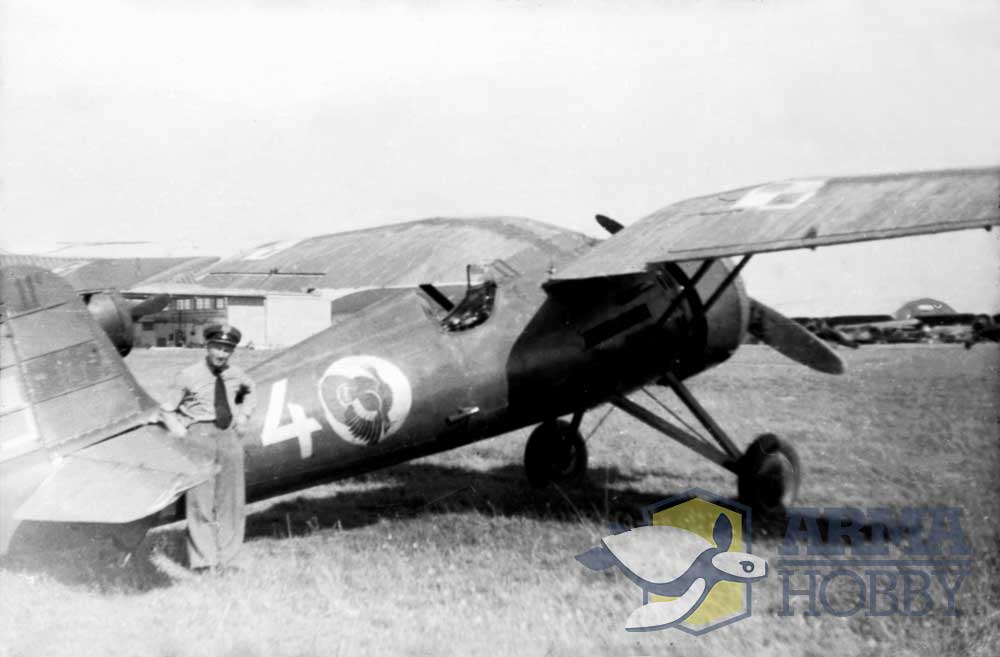
Noter la patine. Ignorer le pantalon façon Jacques Chirac la cravate façon Donald Trump.
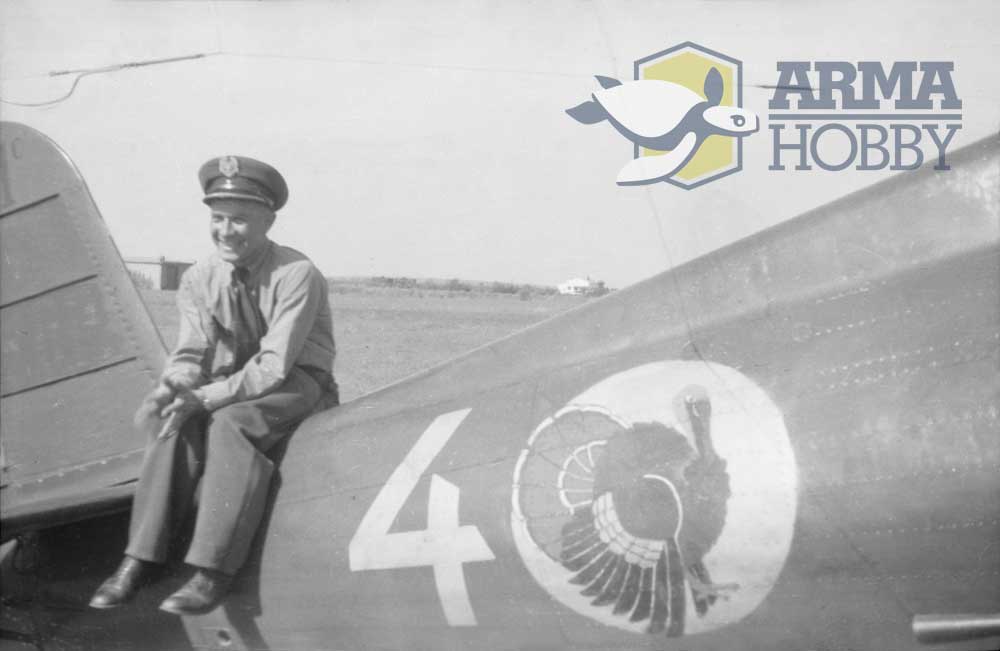
Chez Arma Hobby ils donnent pas mal de renseignements :
https://armahobbynews.pl/en/blog/2019/0 ... rderlands/
Pour mémoire, la discussion sur le vert olive tirant sur le marron sans être vraiment vert non plus :
viewtopic.php?p=1654182&hilit=couleur#p1654182
Avec à la fin un lien vers Arma Hobby qui explique bien!
https://armahobbynews.pl/en/blog/2018/0 ... g-schemes/
C'est donc "olive brown". La couleur tirant nettement sur le vert qu'on voit en musée est une couche supplémentaire ajoutée par les Allemands après capture de certains appareils. Ils ont repris aussi les marques. C'est un peu comme l'hélice, en bois mais chaque lame est recouverte alu, le tout peint en enduit noir tirant un peu sur le marron mais repeint en noir en unité quand il était usé.Initially, in the factory, the whole airframe, both on internal and external surfaces, had been primed with aluminium coloured paint. Then all the external surfaces (including undersurfaces!) have been painted with khaki camouflage paint (“olive brown” according to the report, presently this shade is known as “light Polish khaki” or “early Polish khaki”). The third layer was the light blue-grey on the wing and tailplane undersurfaces. Next, still in the factory, the national markings (checkerboards) and red stencils were applied.
Military serial number “8.63”, tactical number “2” and the squadron marking (white winged lightning) have been applied in the squadron, using white paint. Blue paint has been used for diagonal fuselage bands and “arrow” on the top wing surface, and black for “39 E” marking on the wing bottom. We can assume that this was the complete scheme for this airplane in first years of its service. Similar painting and marking procedure has been probably used for all the Polish PZL P.11 fighters, of course with specific markings for each squadron.
After some period of service – most probably during the overhaul – the painting was refreshed. Top and side surfaces have been painted again with the khaki camouflage paint, but with darker shade (so called “dark” or “late Polish khaki”). Wing and tailplane undersurfaces were painted with grey-blue, but darker and more greyish. Blue bands were refreshed. Black “E” letter under one of the wings was replaced with “K”, while the “39” number remained unchanged. Most probably in such scheme the airplane went to the war in September 1939.
https://polishpropellers.com/propeller/ ... pzl-p-11c/
Pas grand-chose à dire, le plastique est agréable, le moulage globalement net même si quelques bavures sont à enlever. Une maquette plaisir
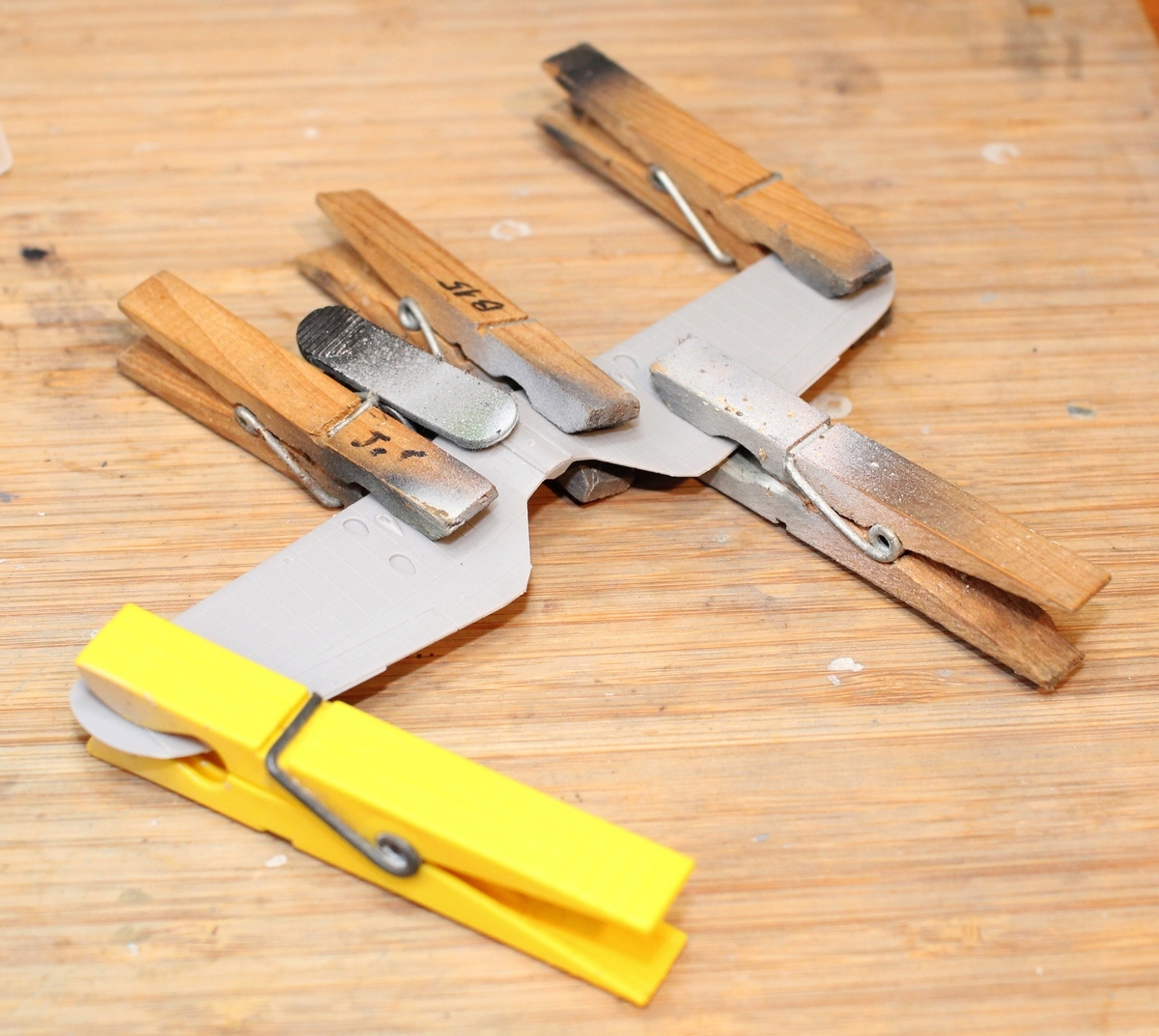
Le cockpit est bien suffisant. Juste le siège qui n'est pas ressemblant.
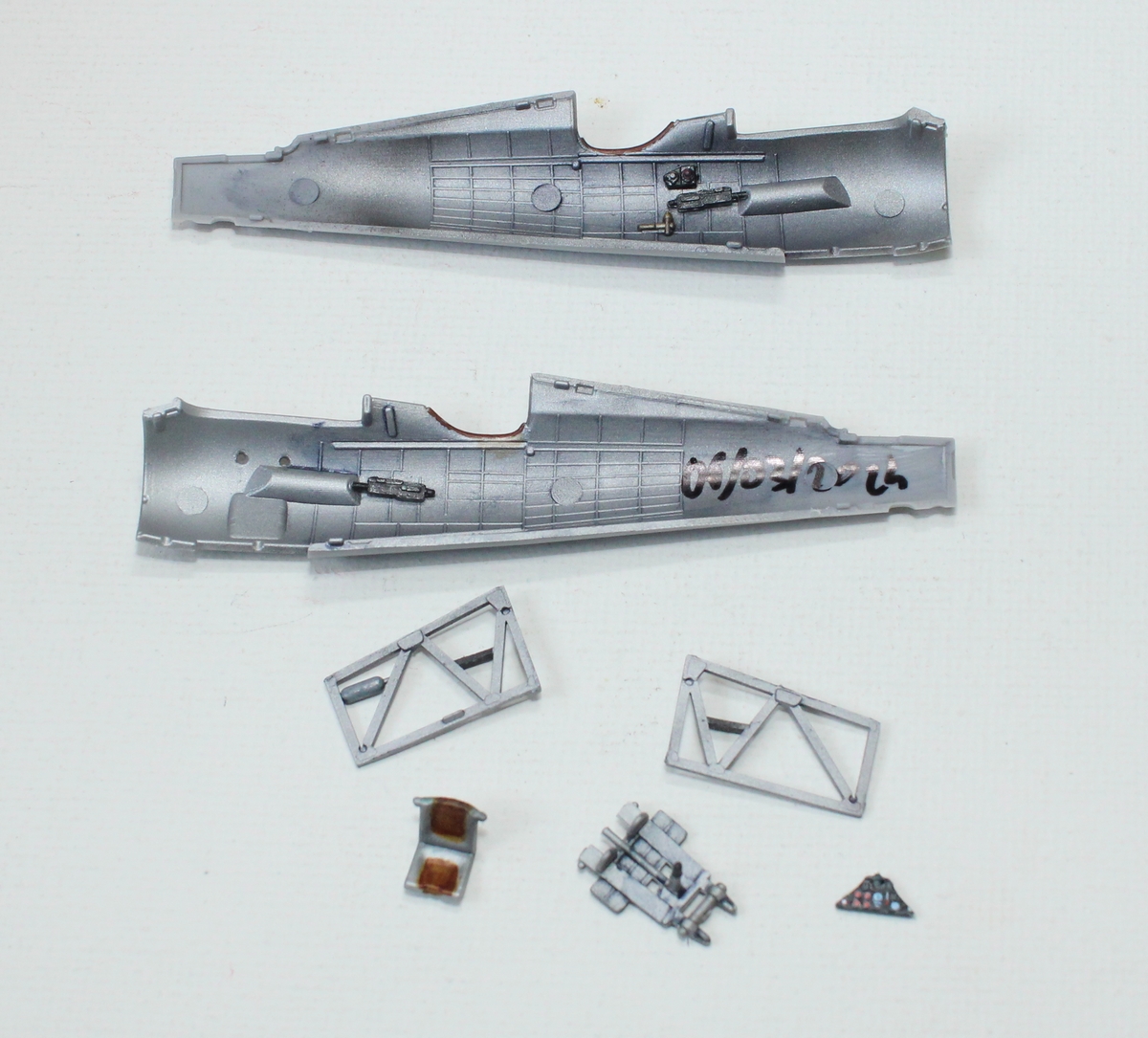
A blanc tout semble bien s'assembler. Là je vais coller tout ça pour vérifier!



